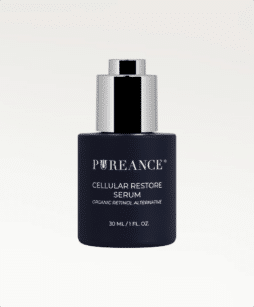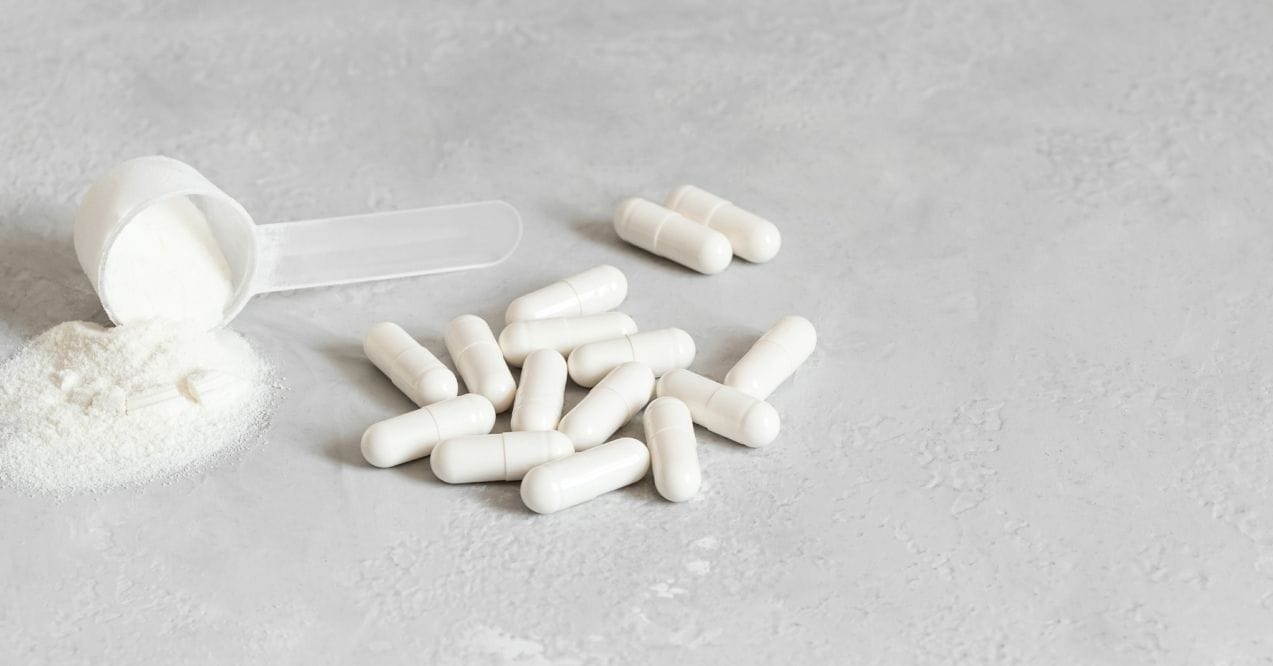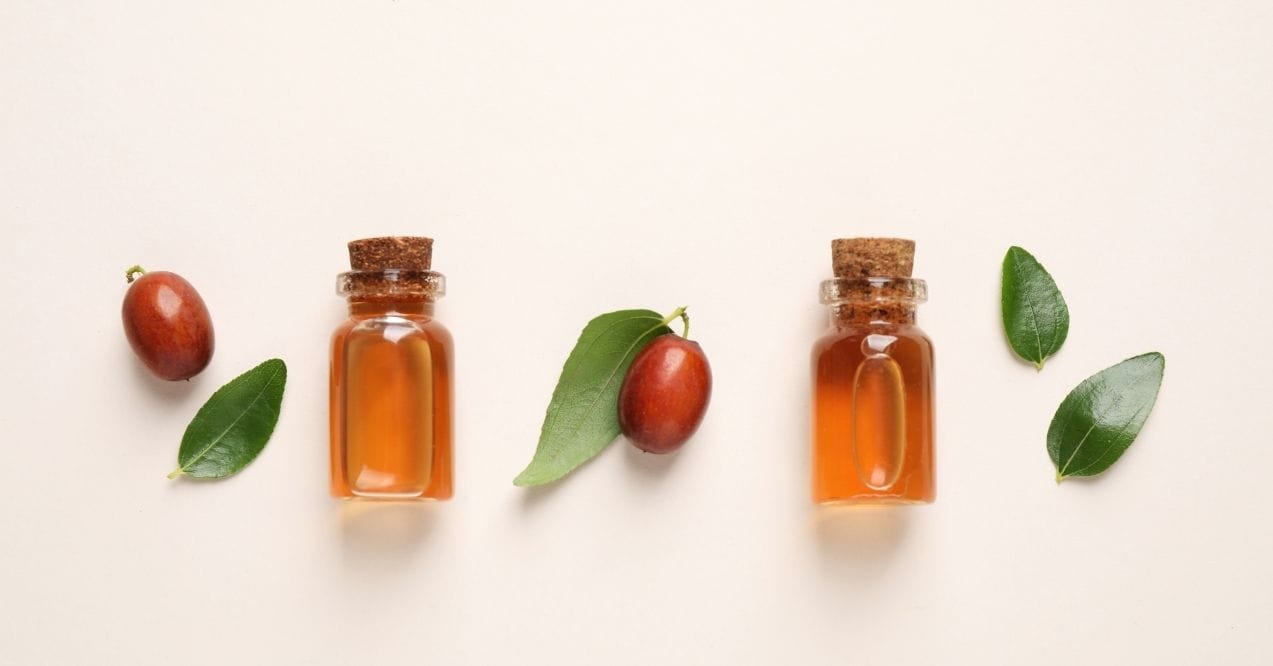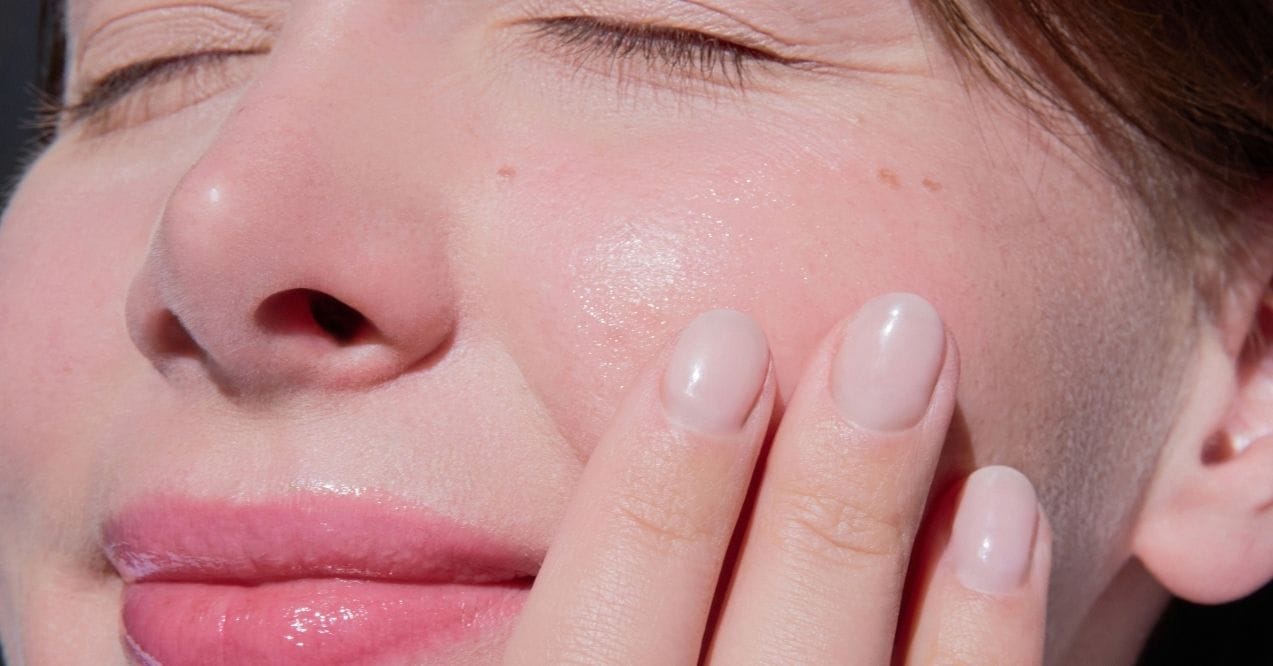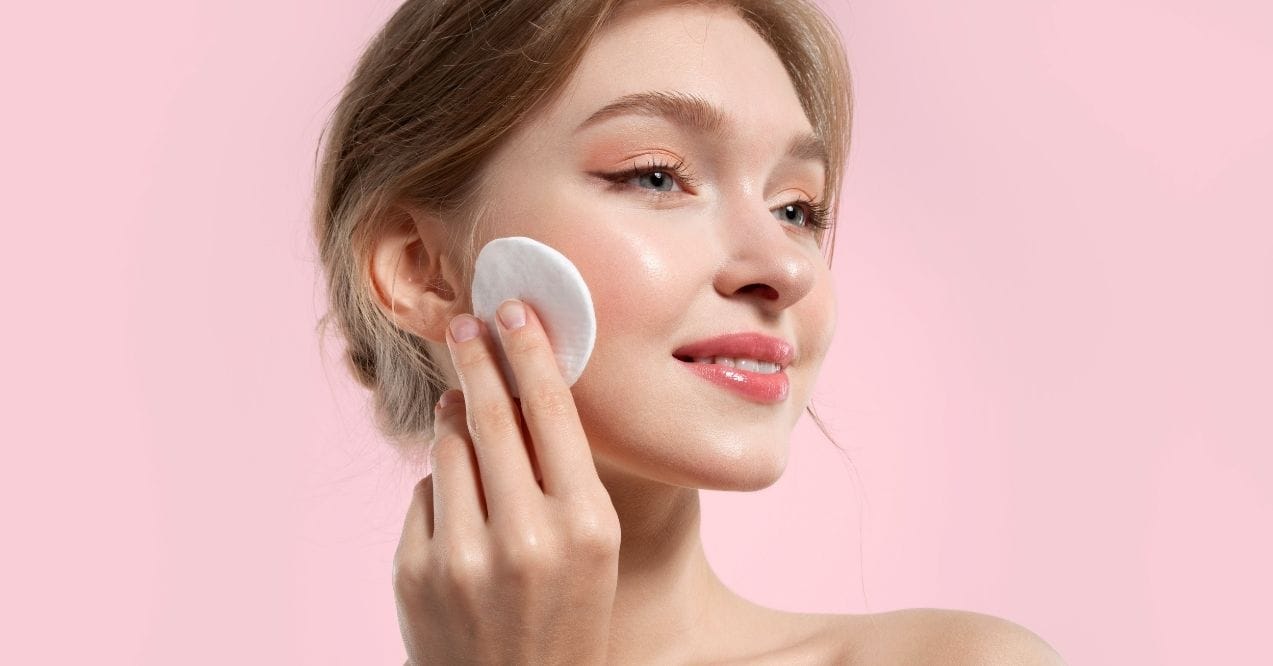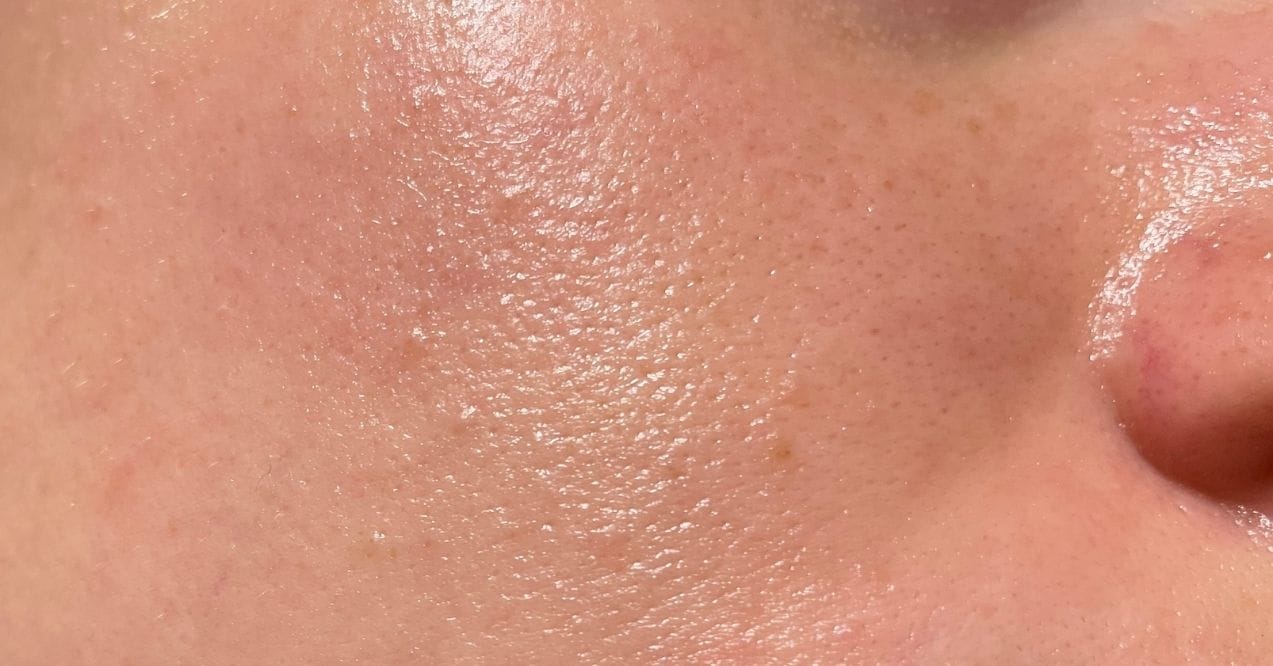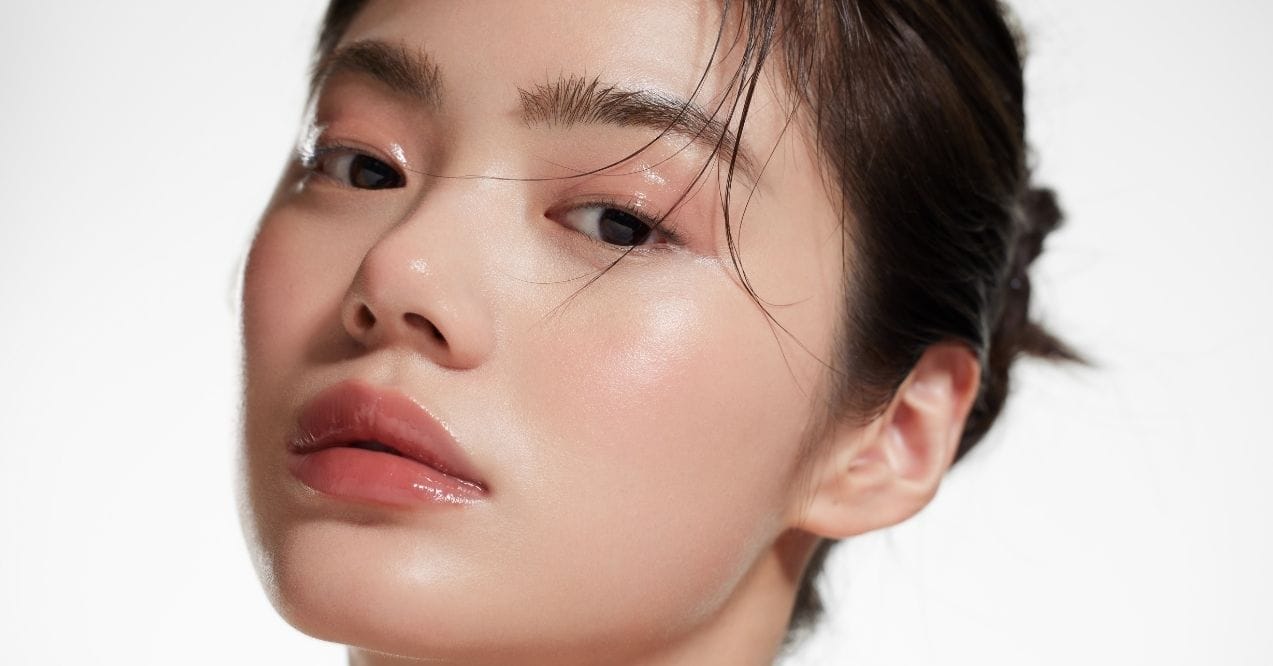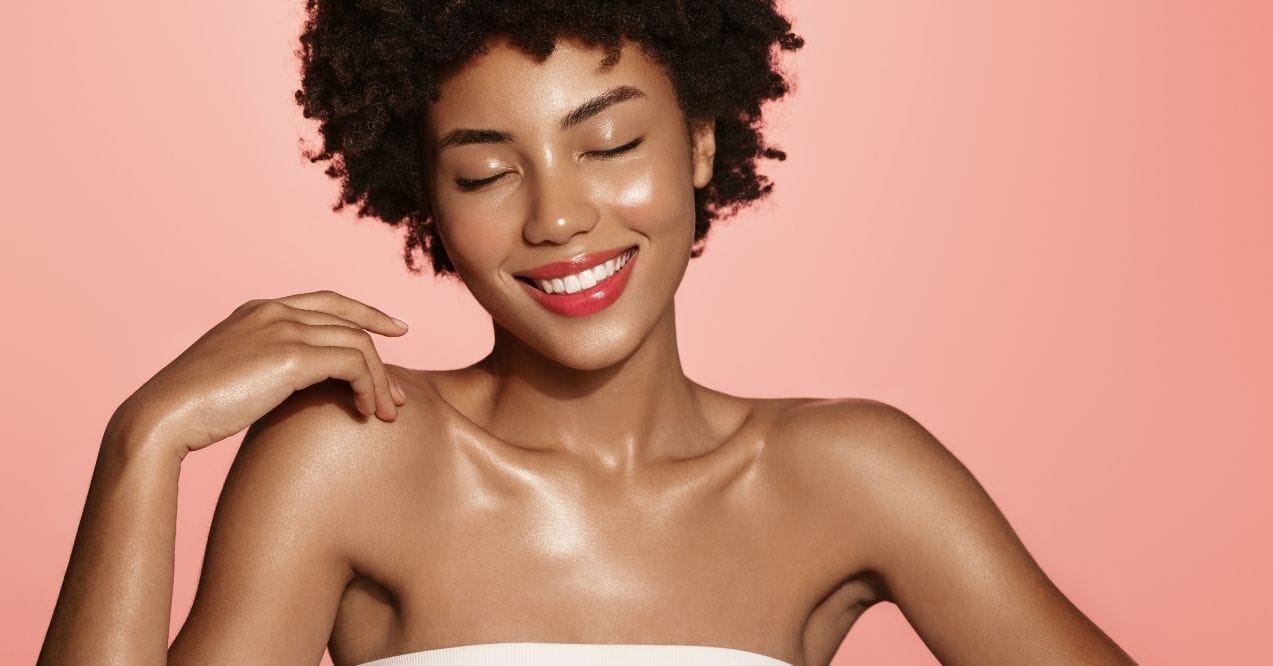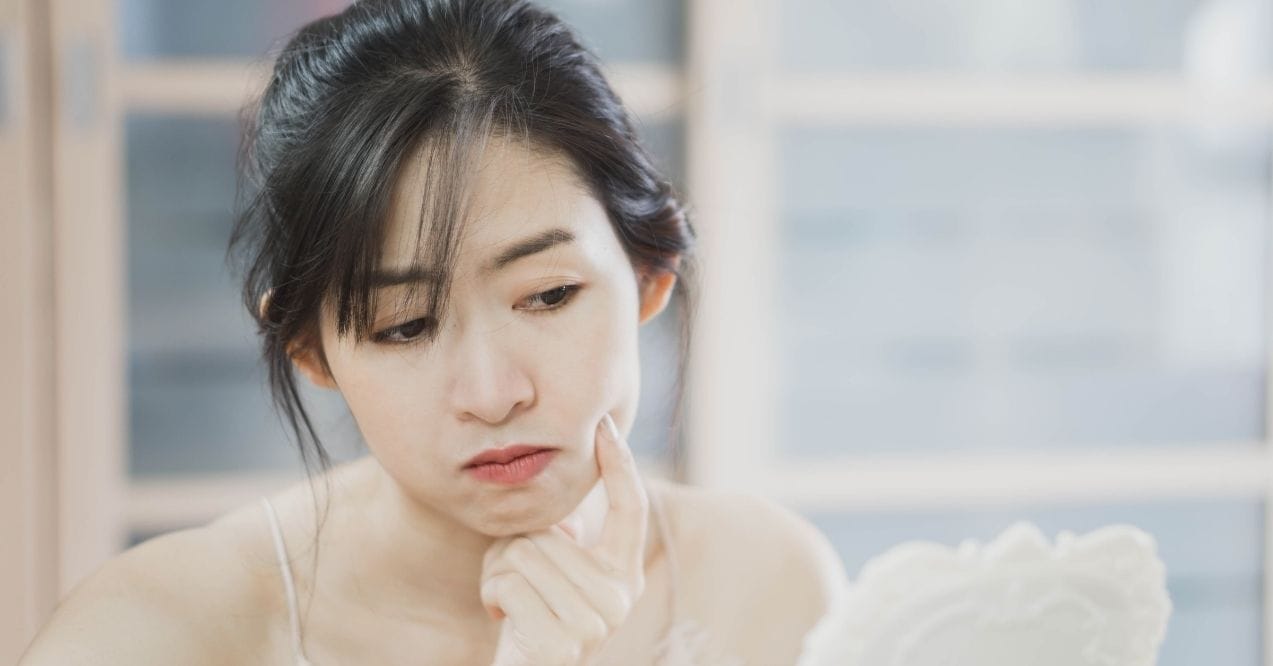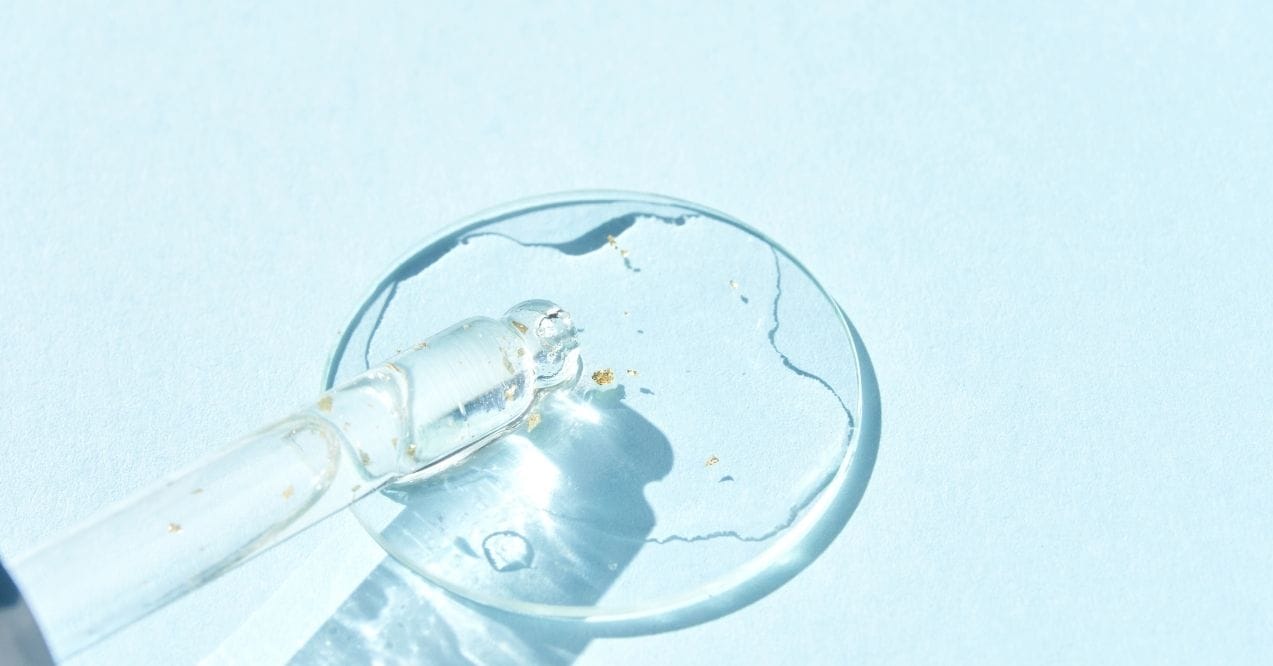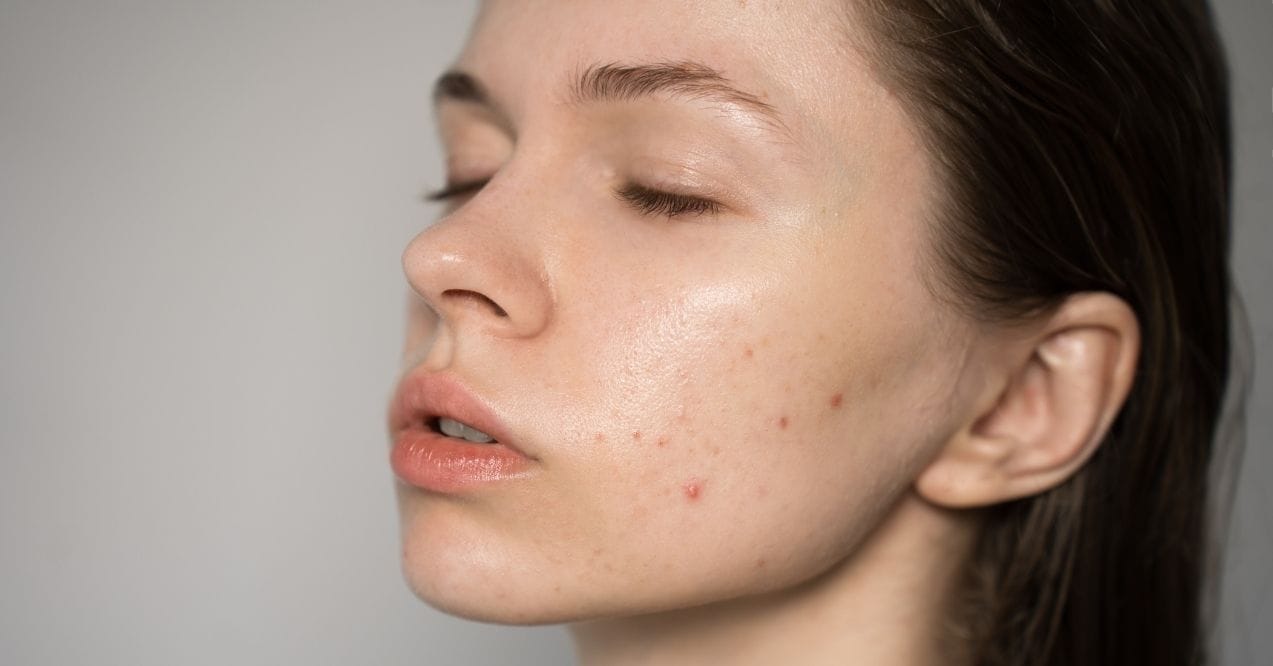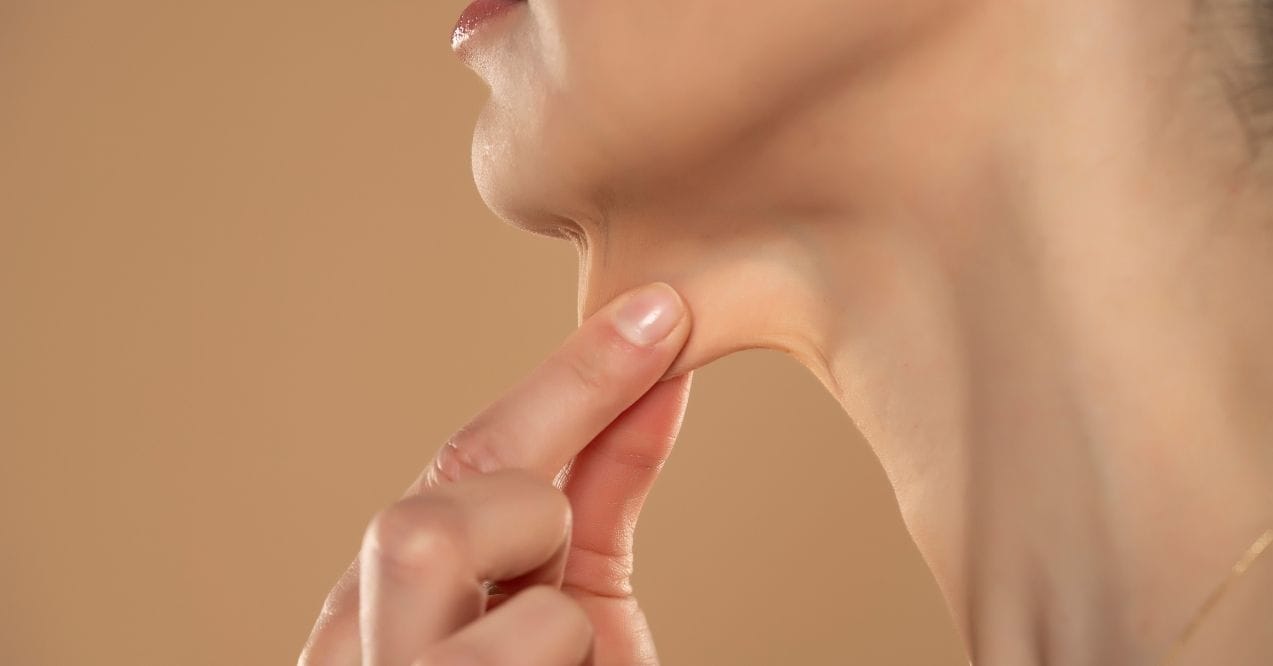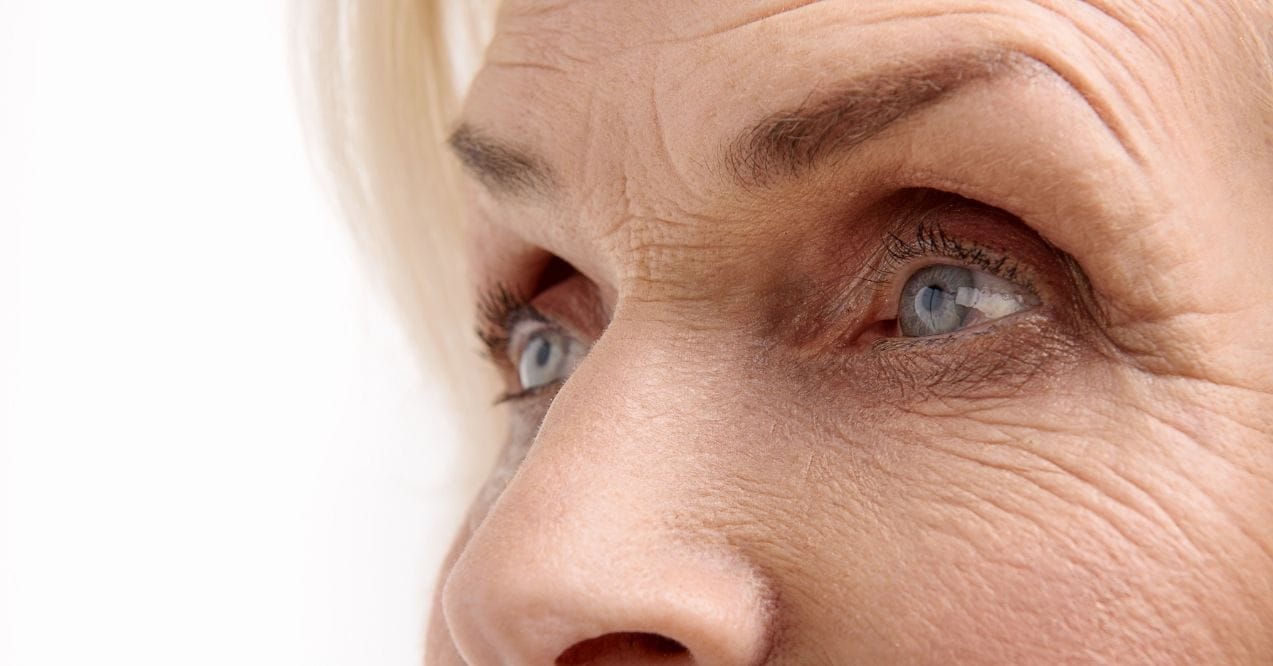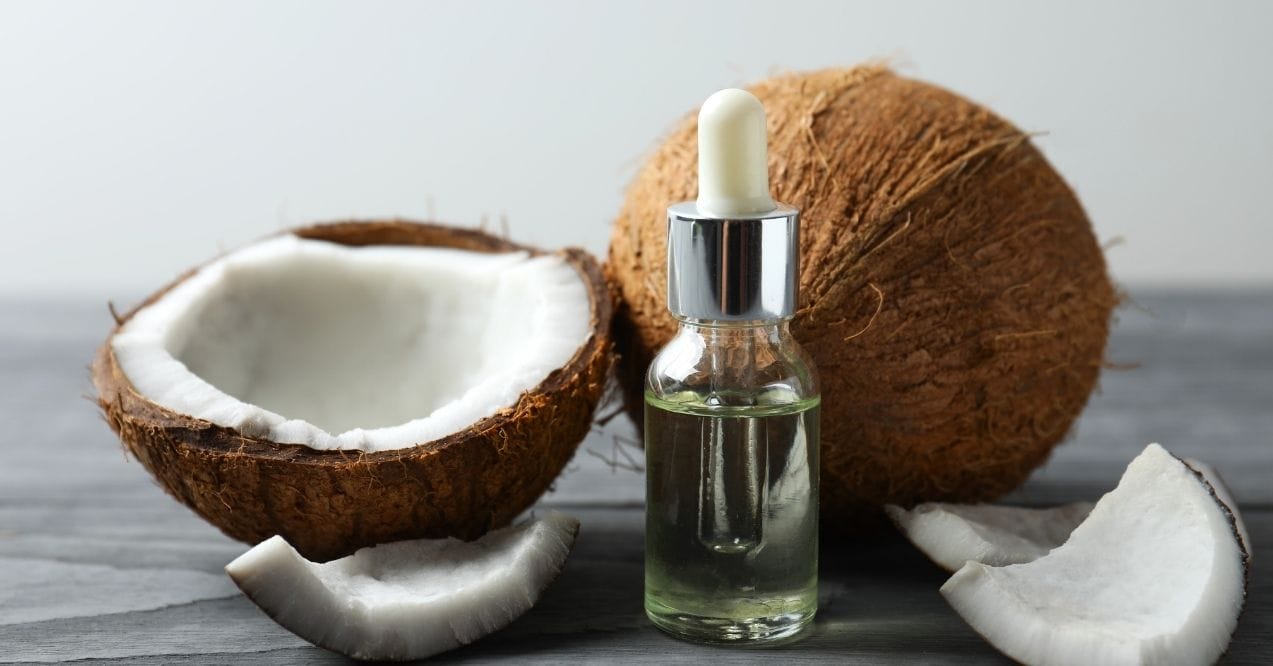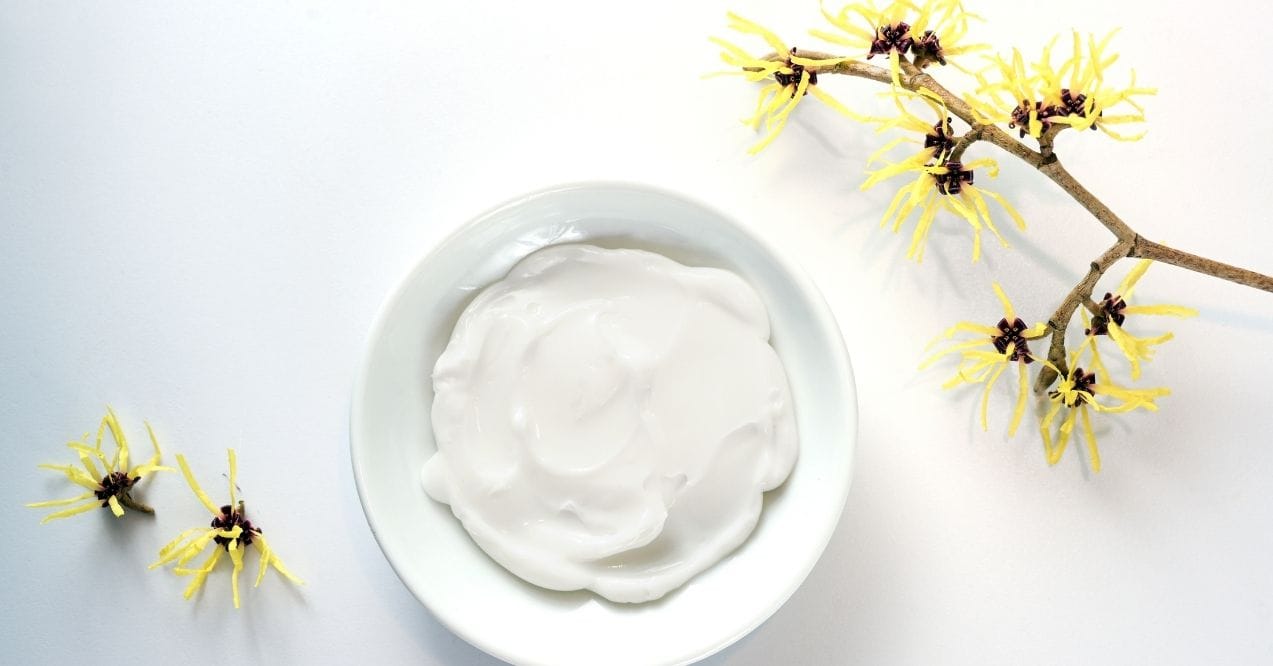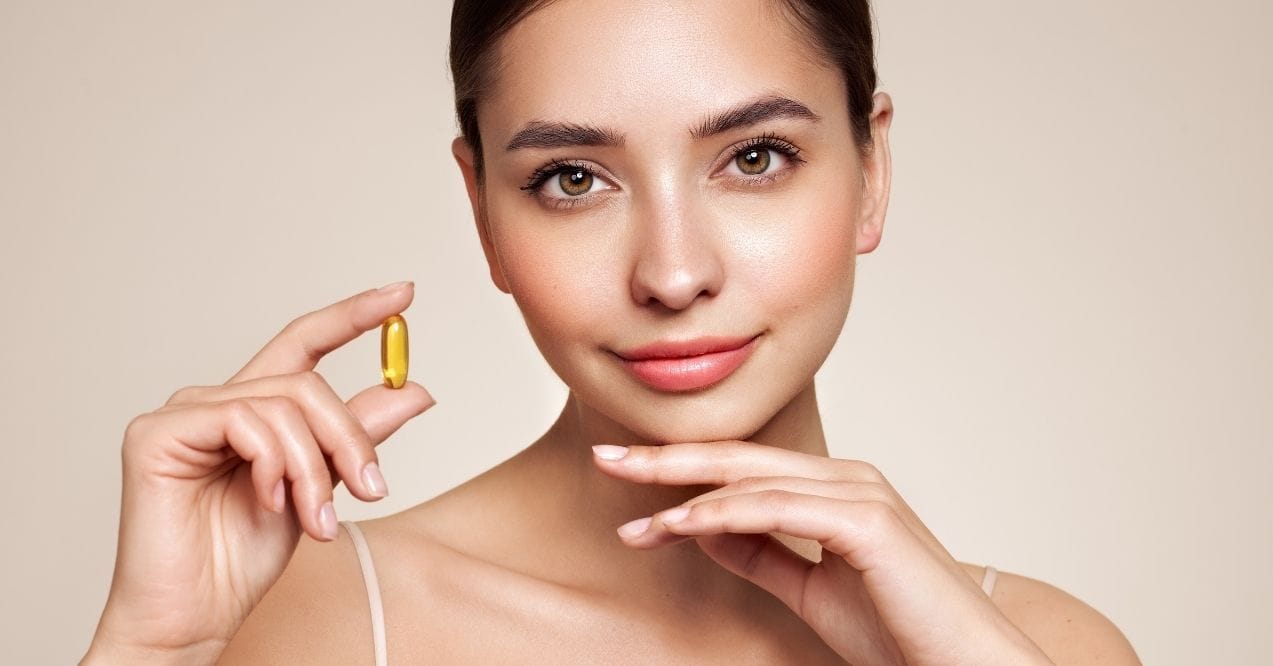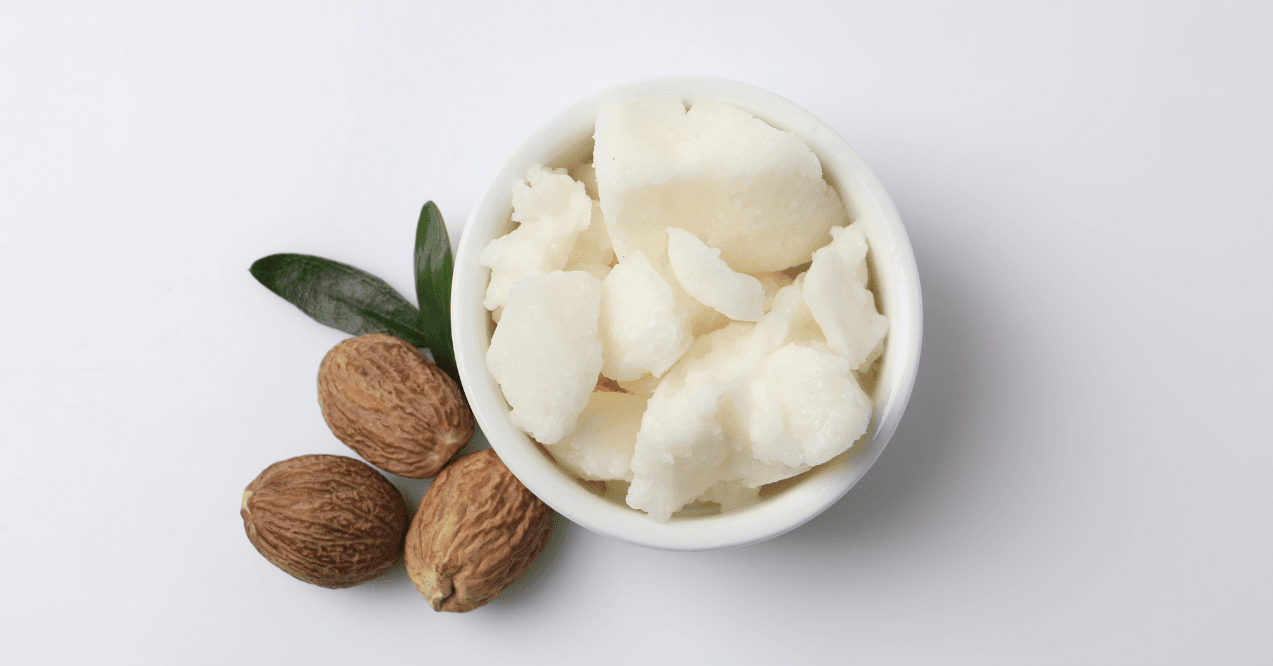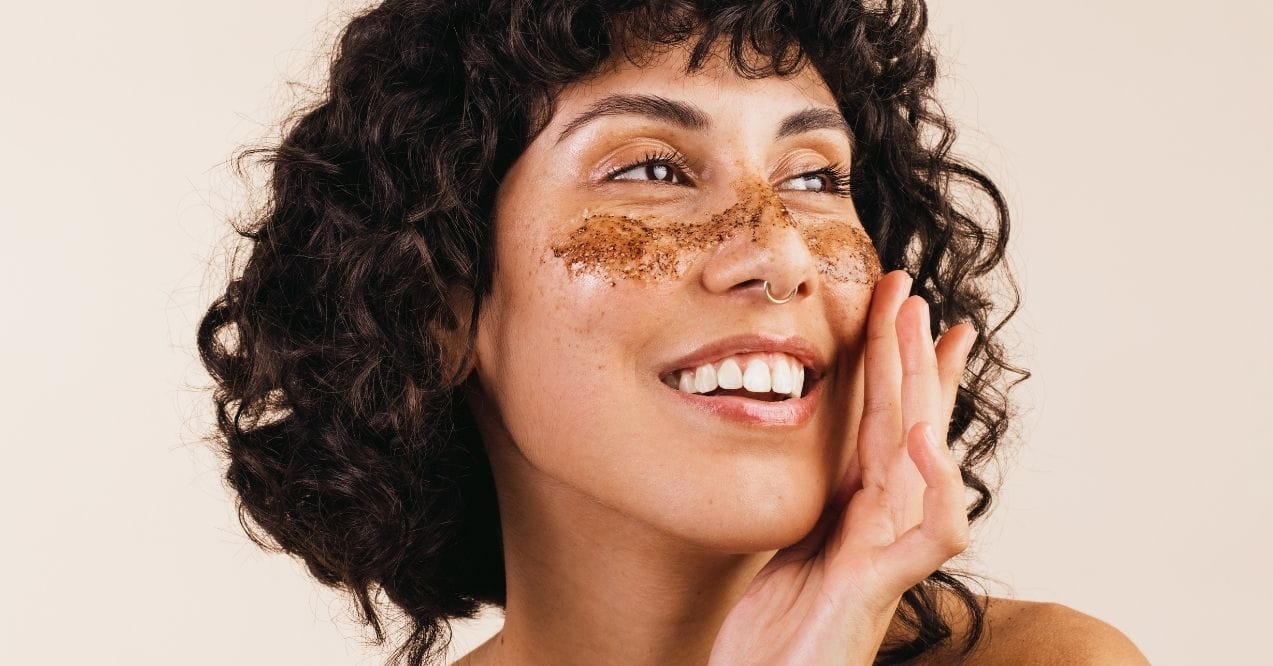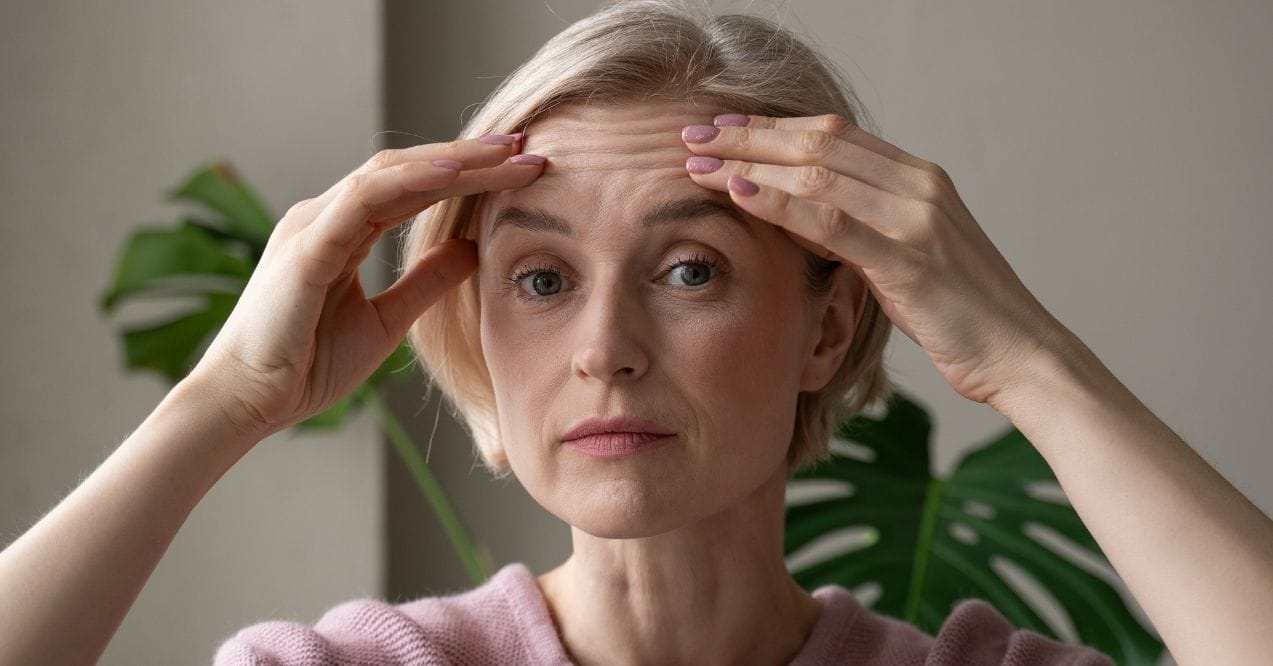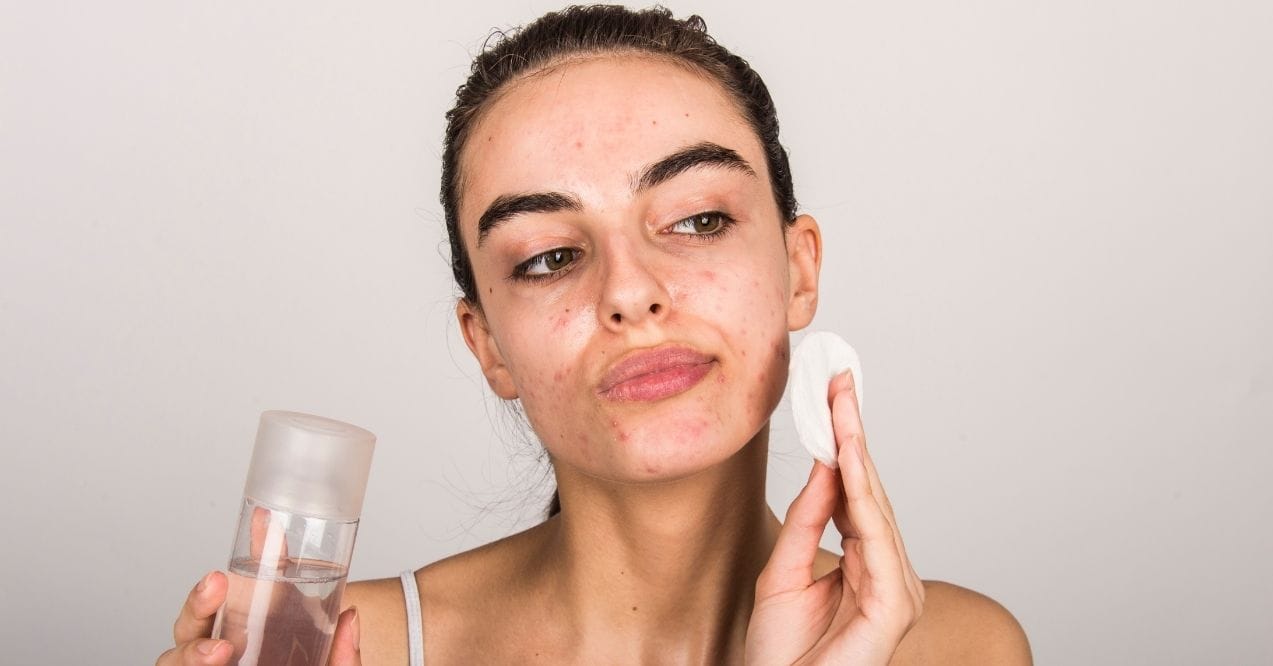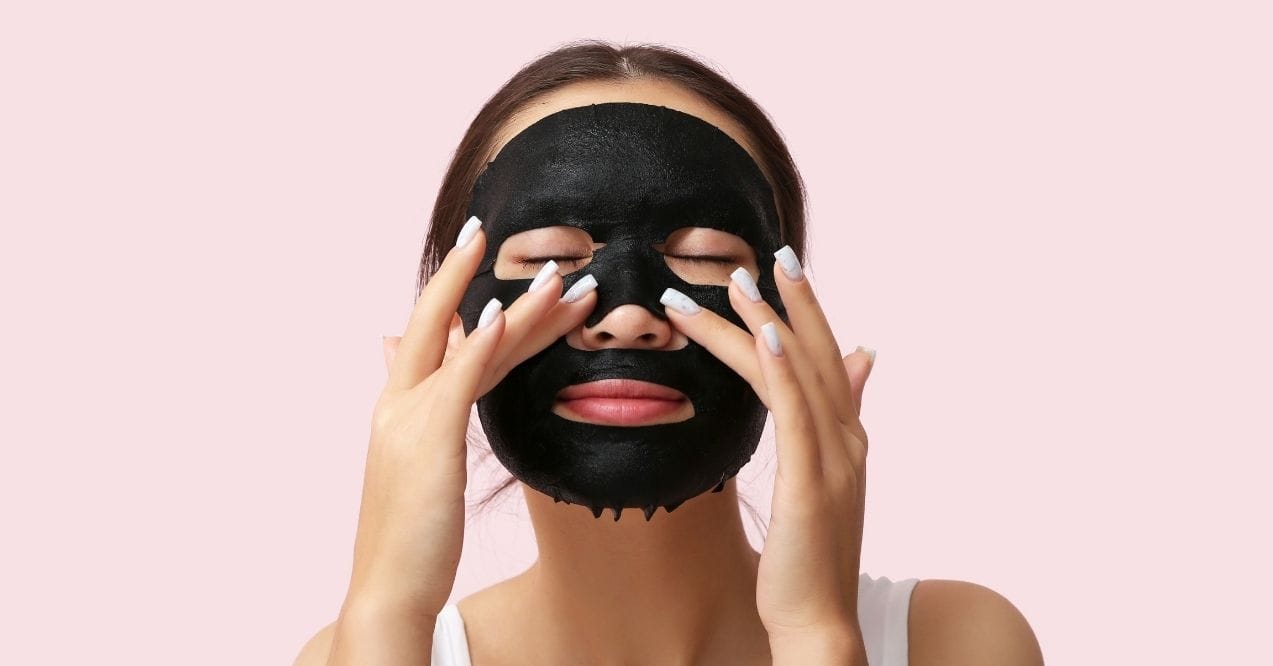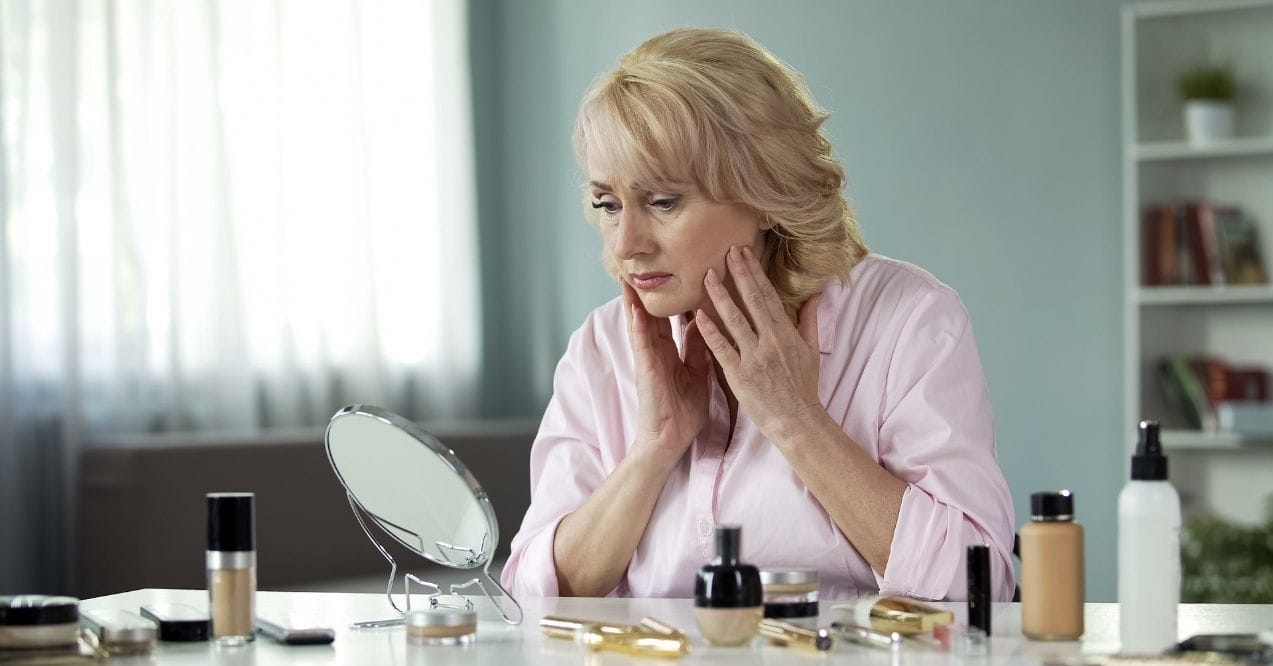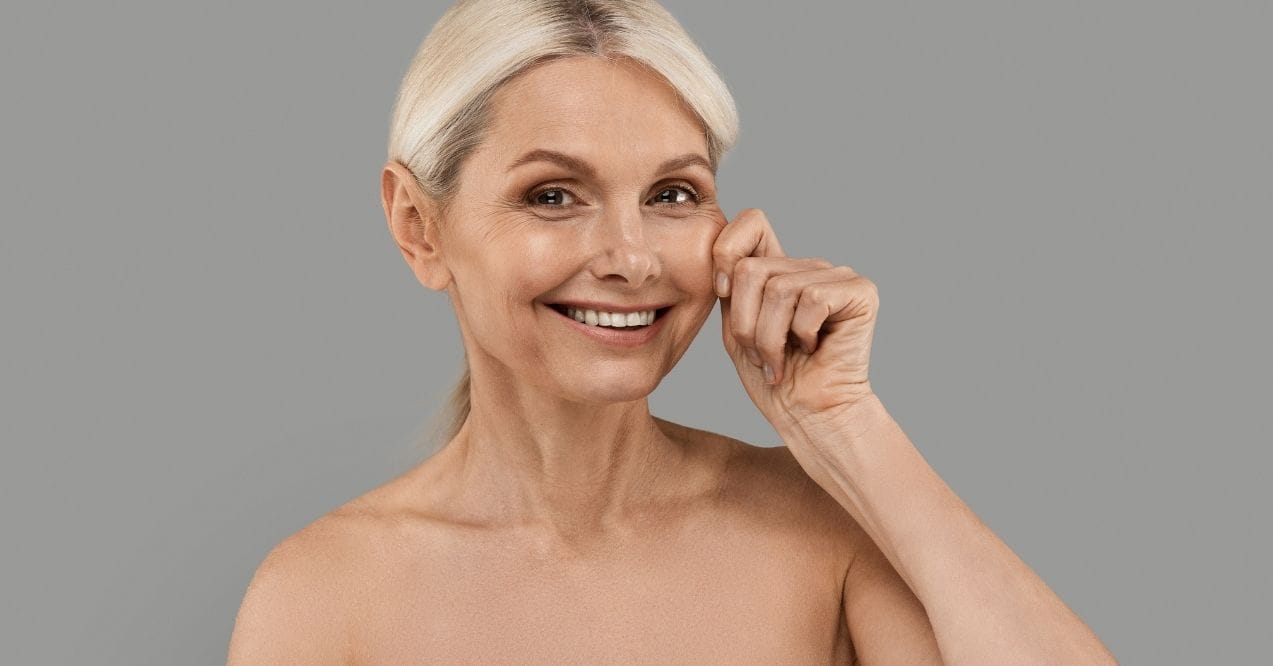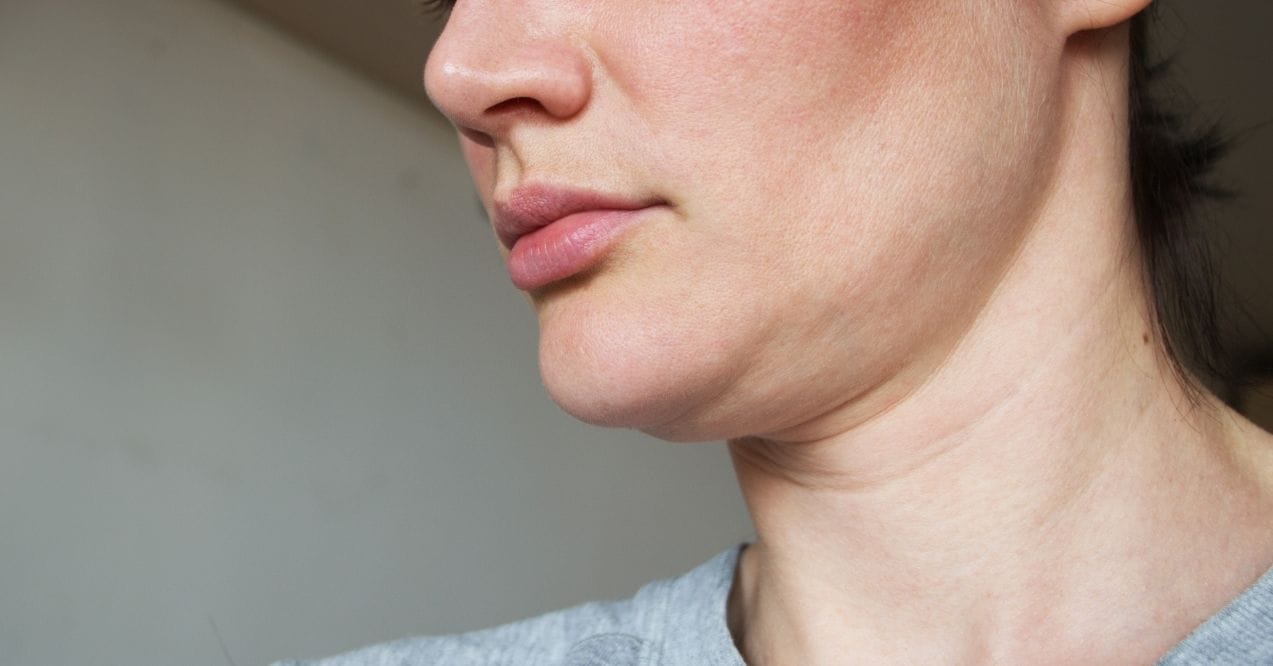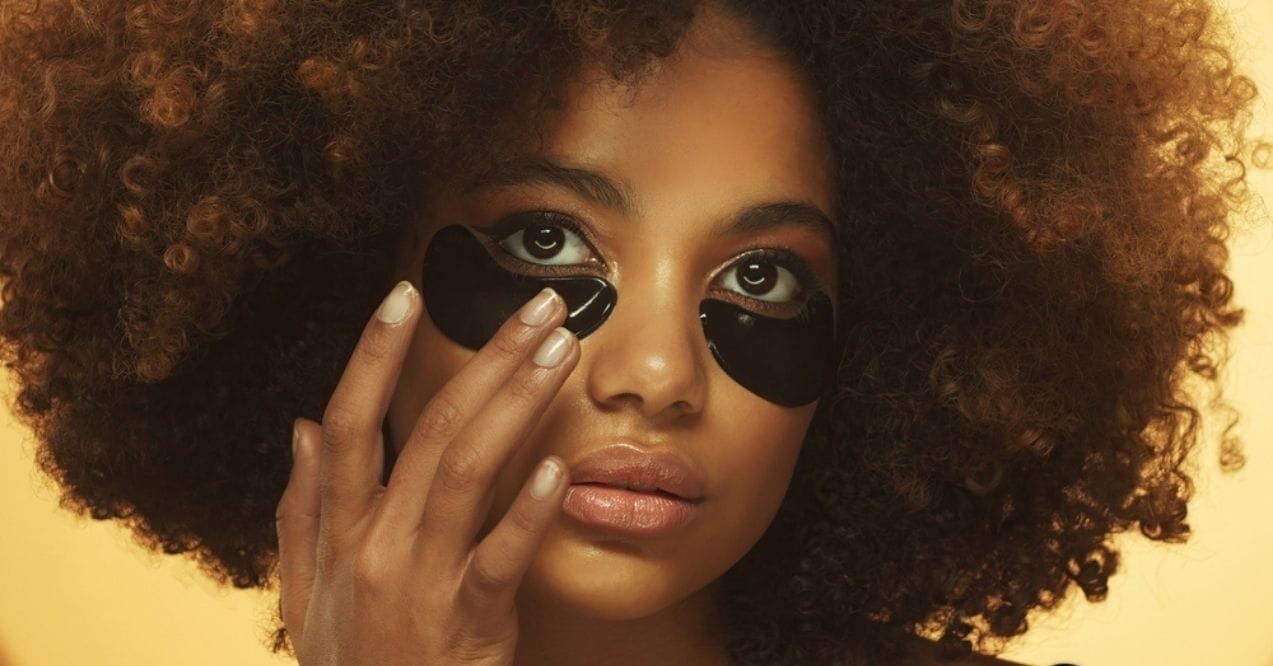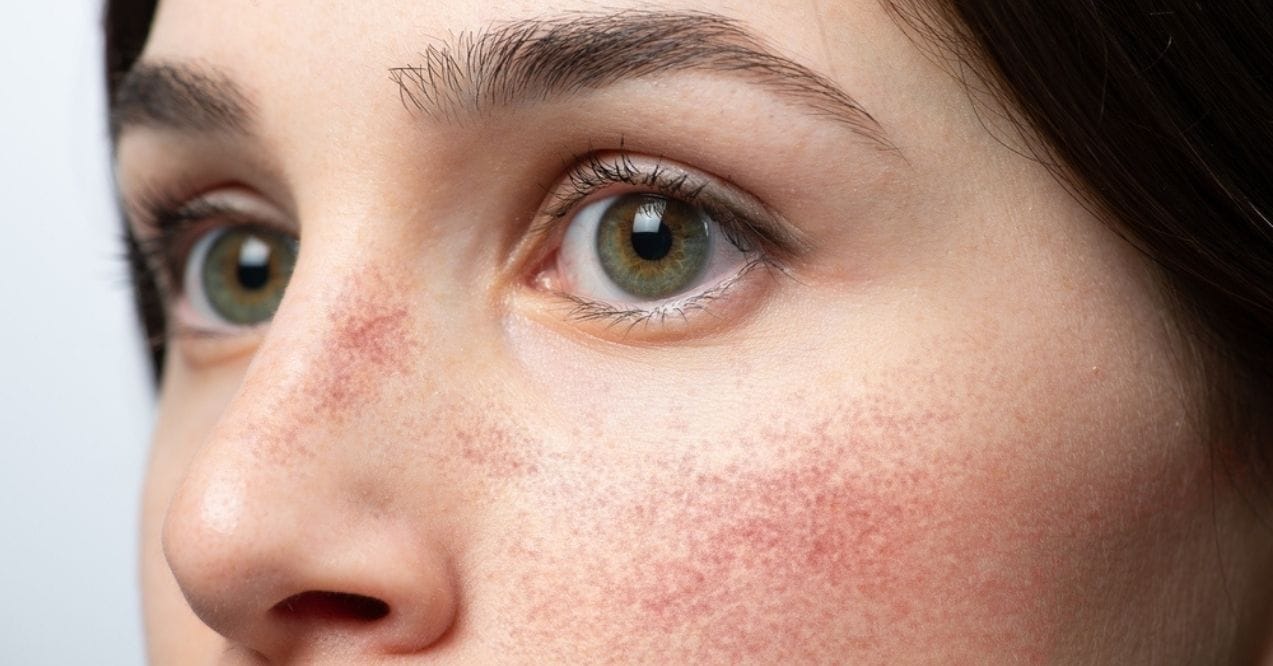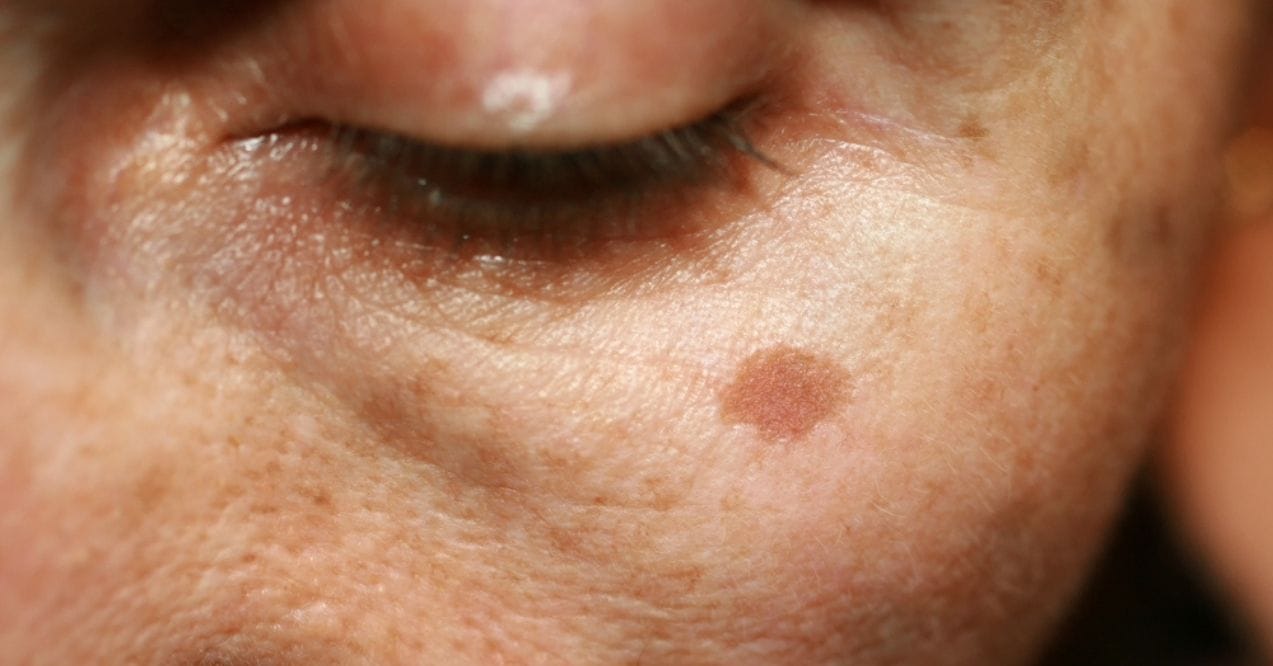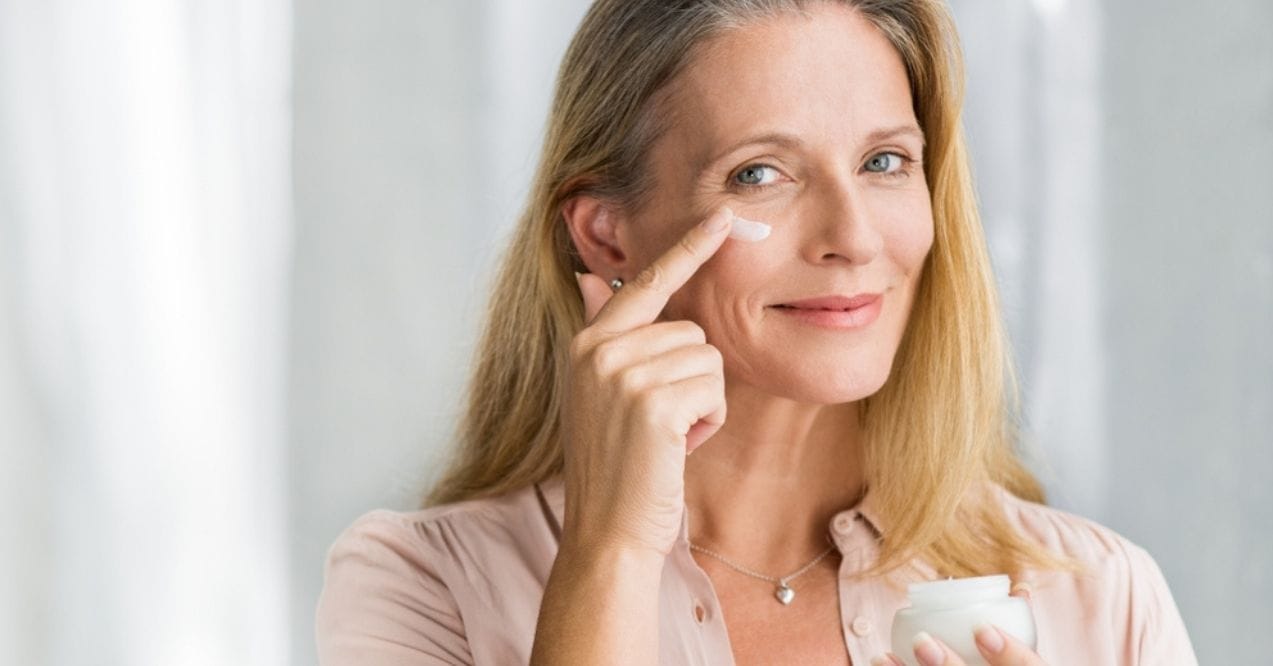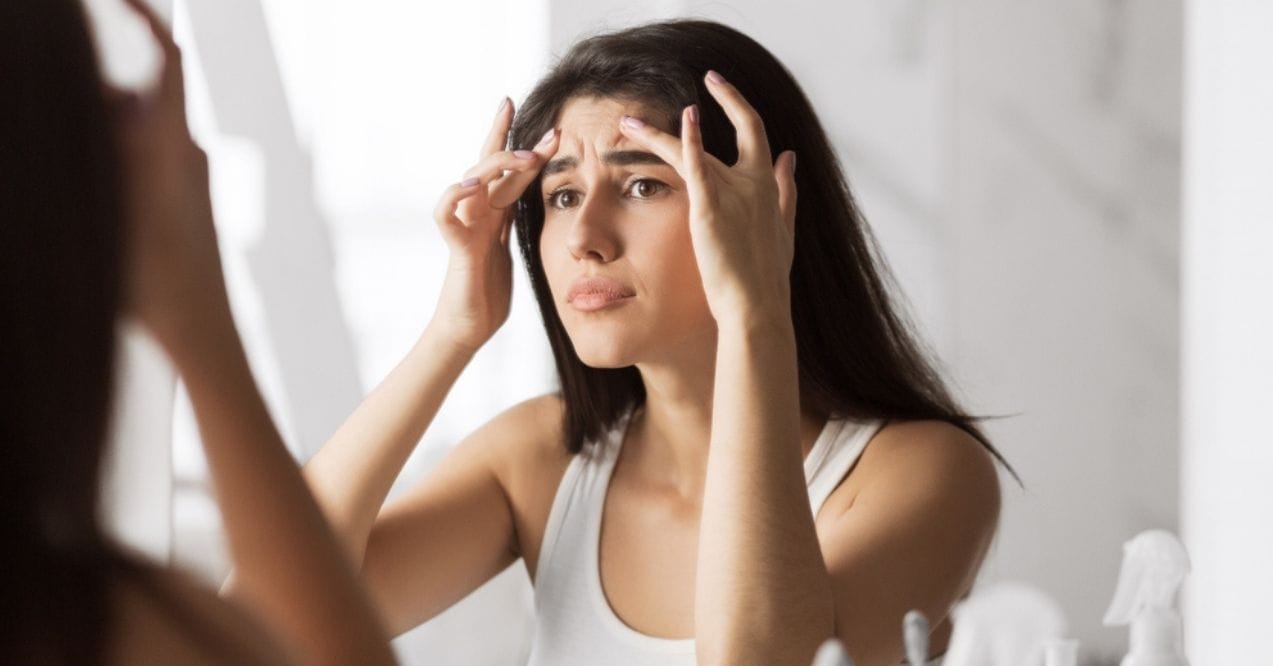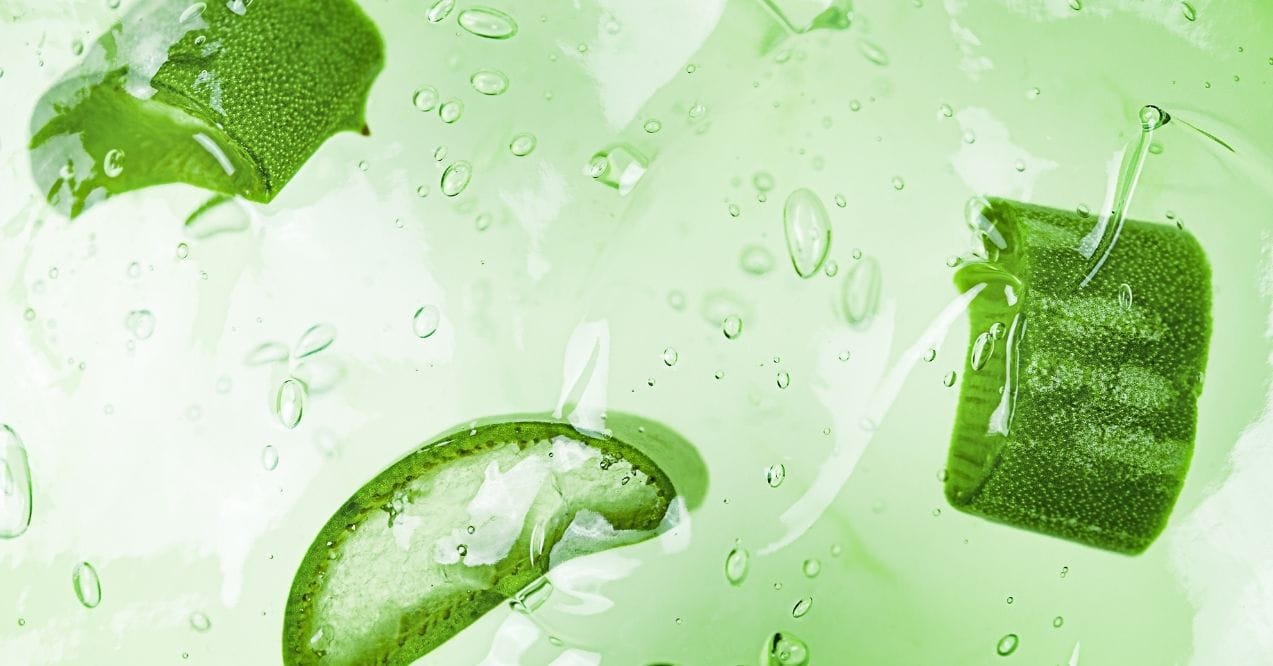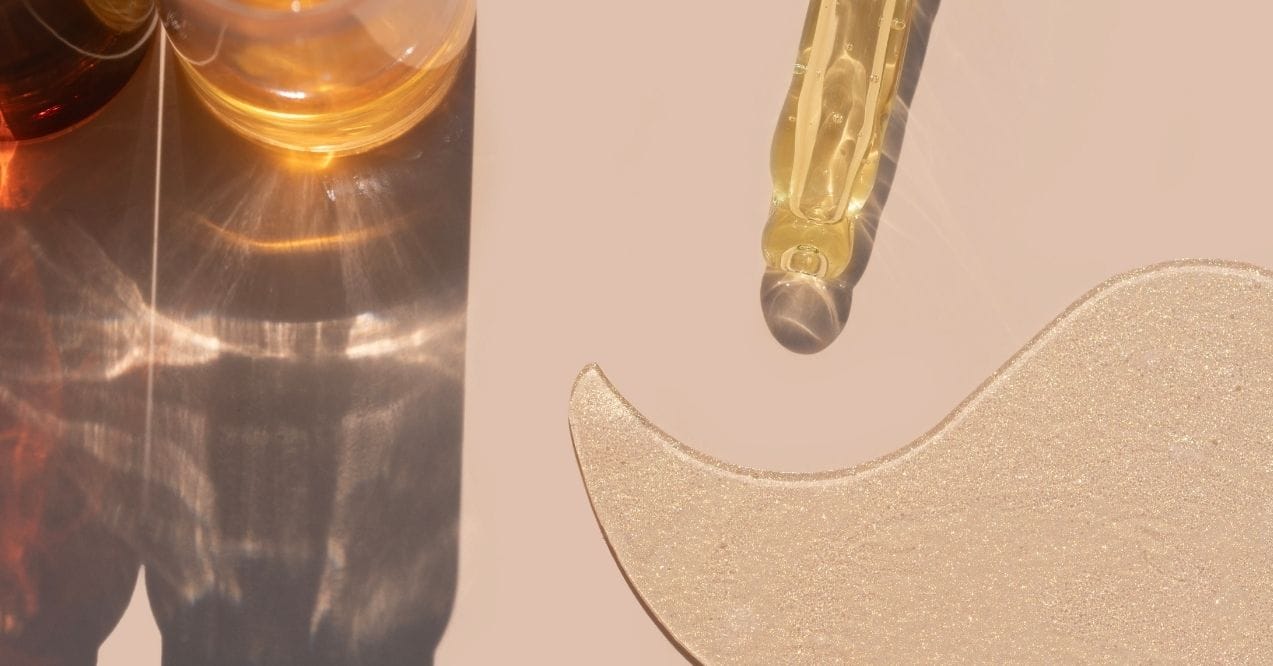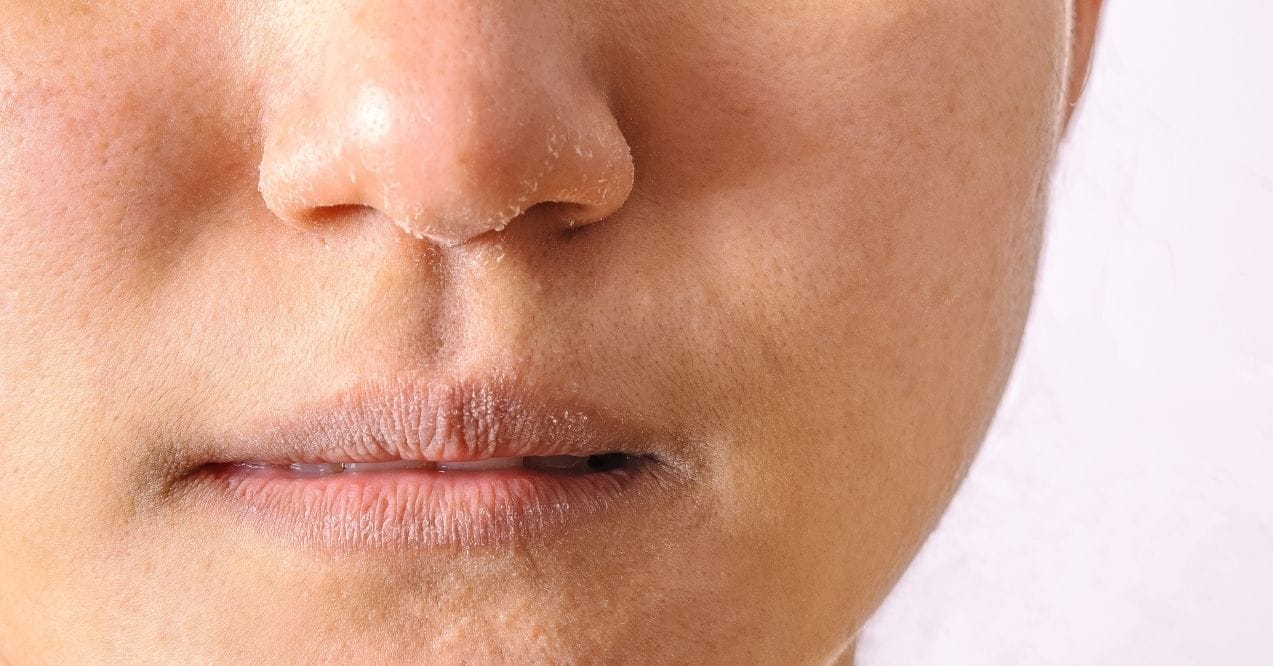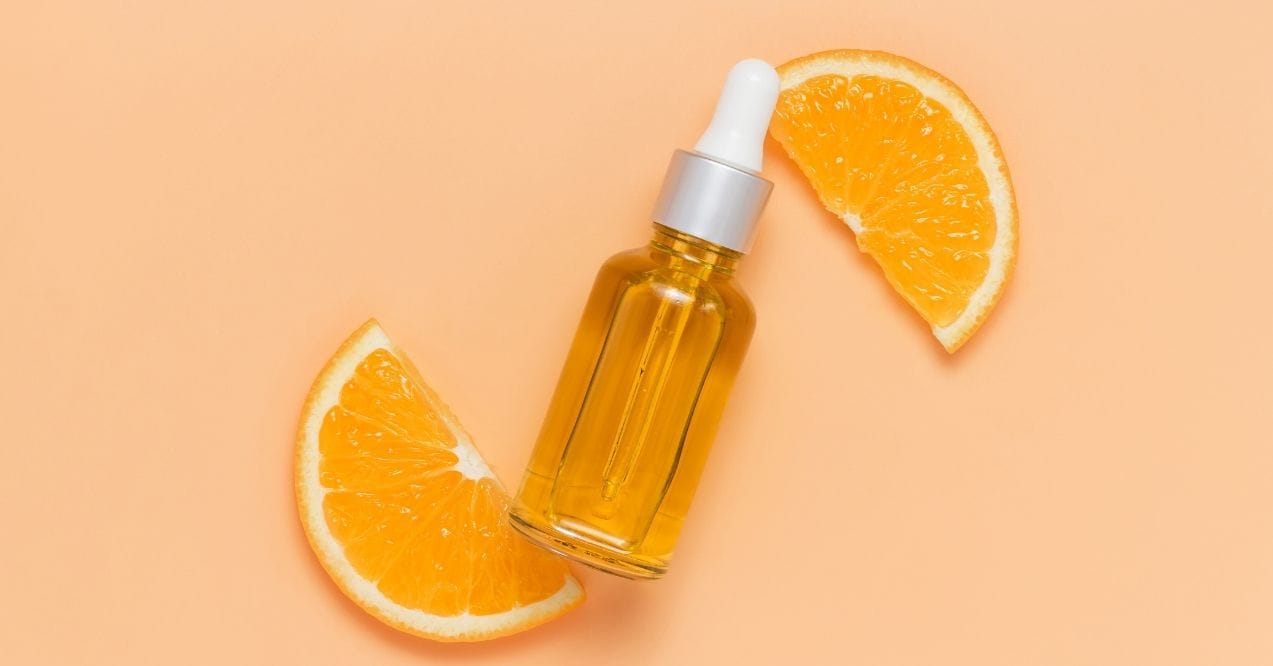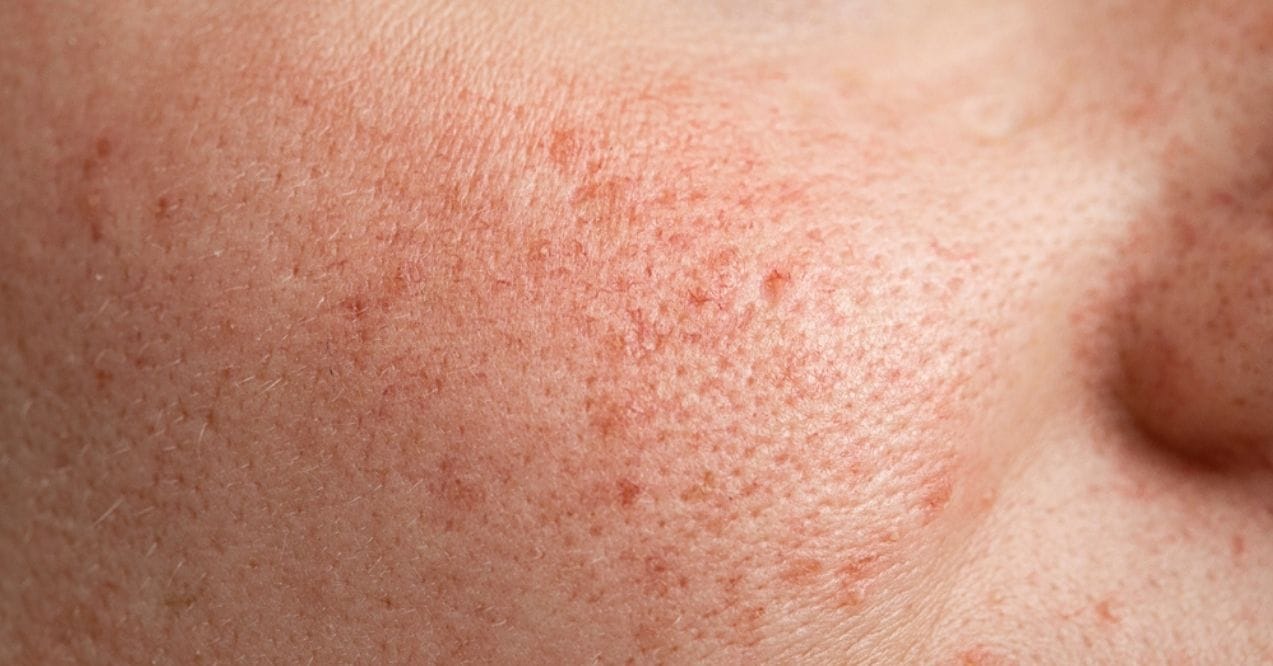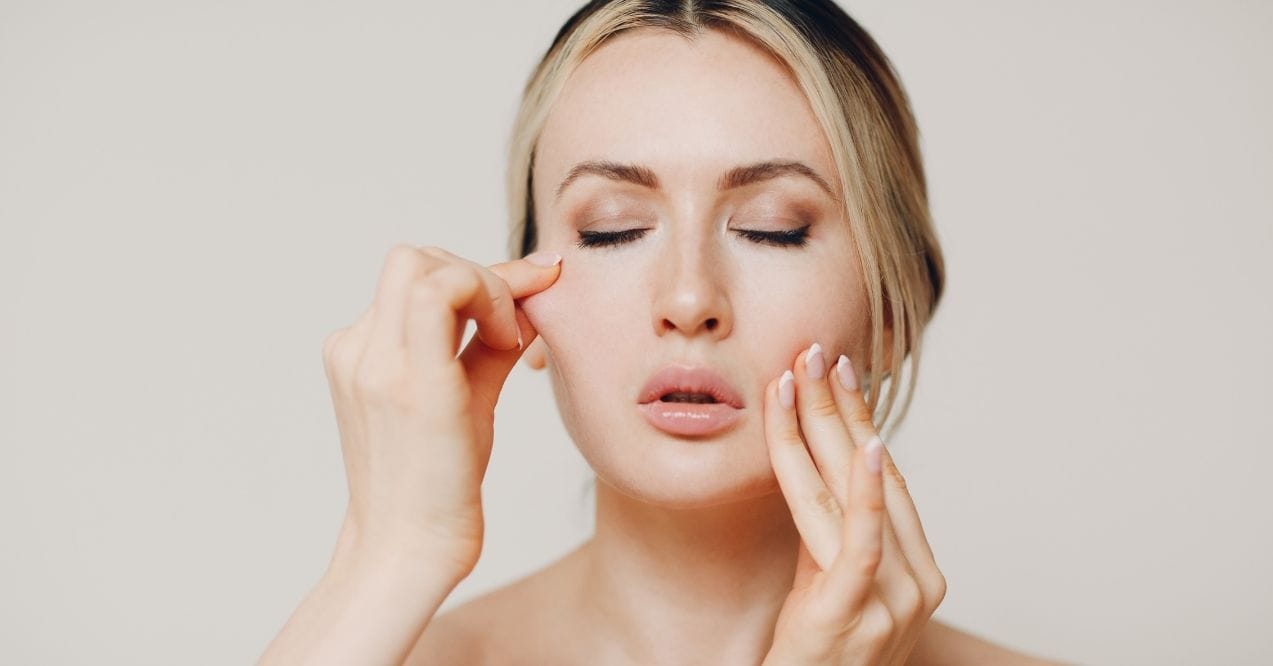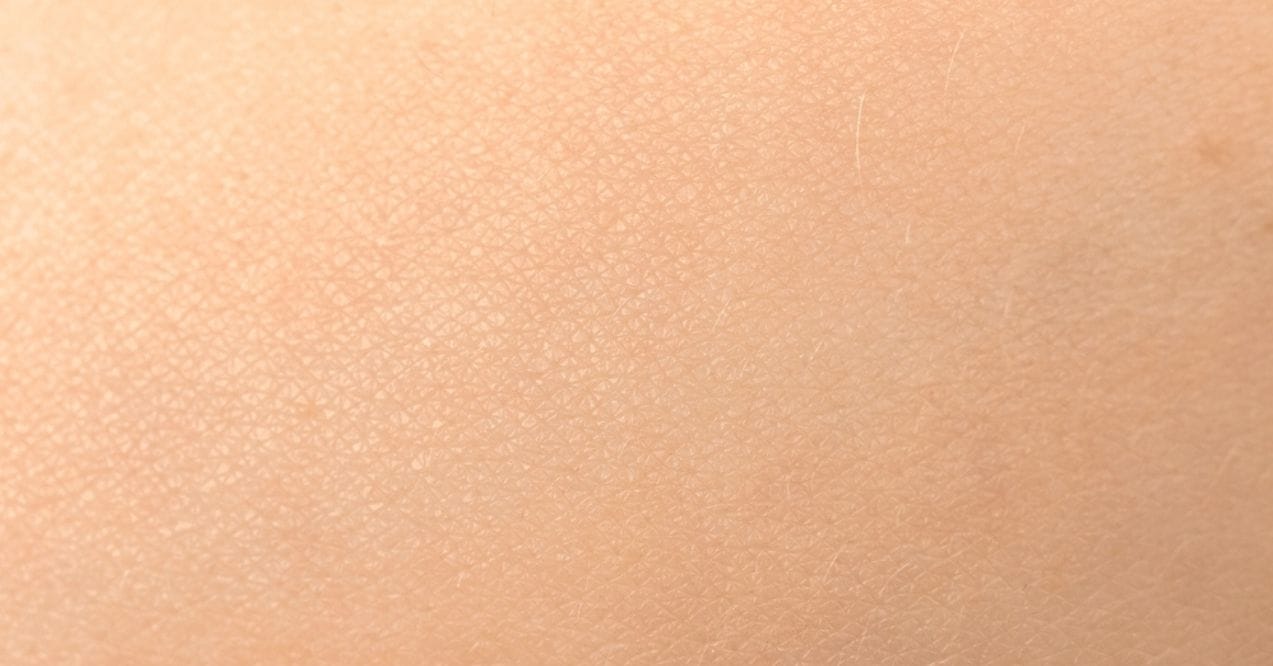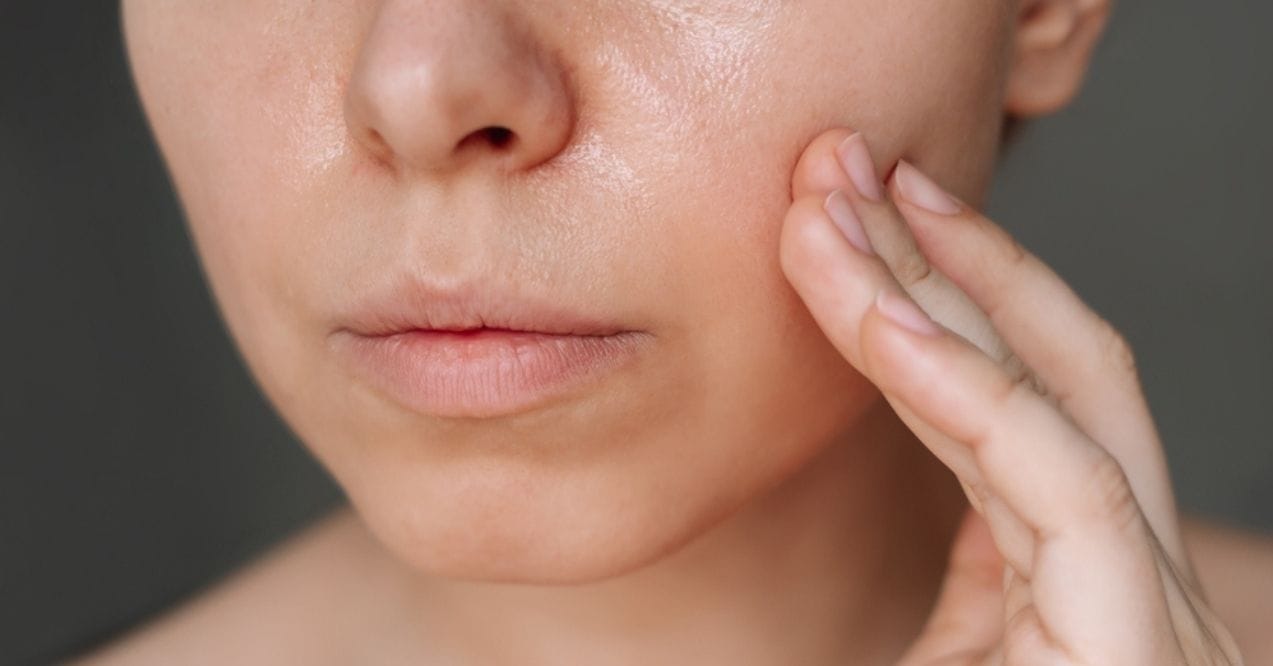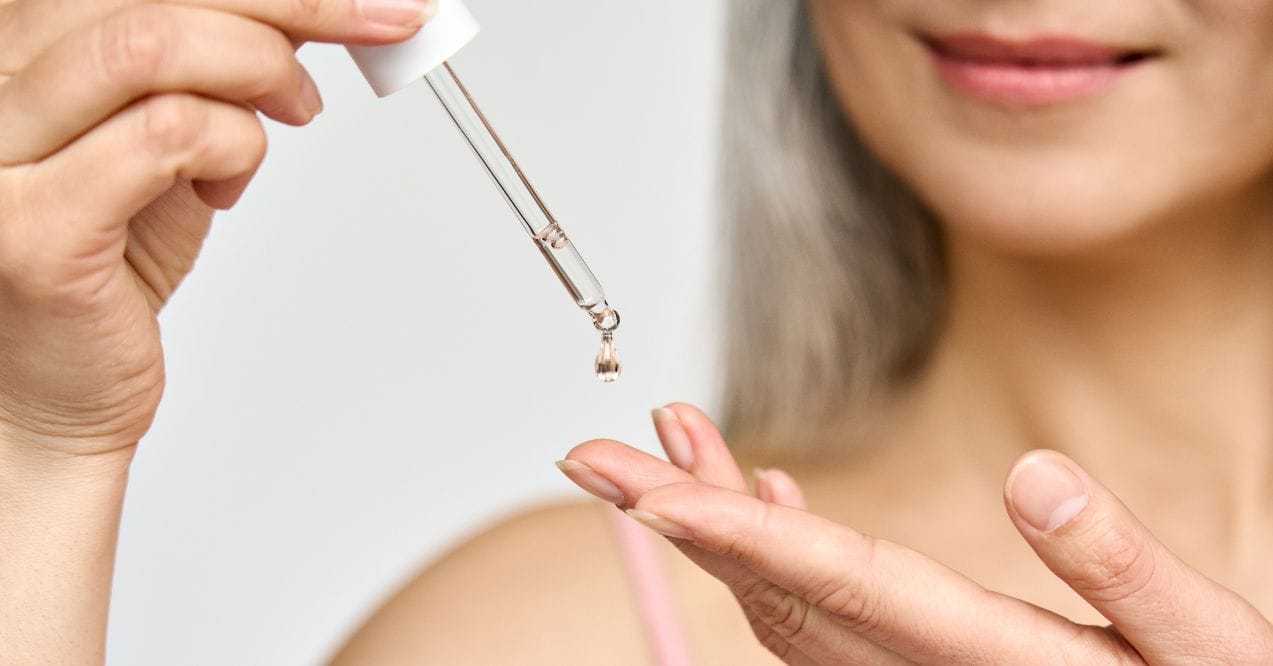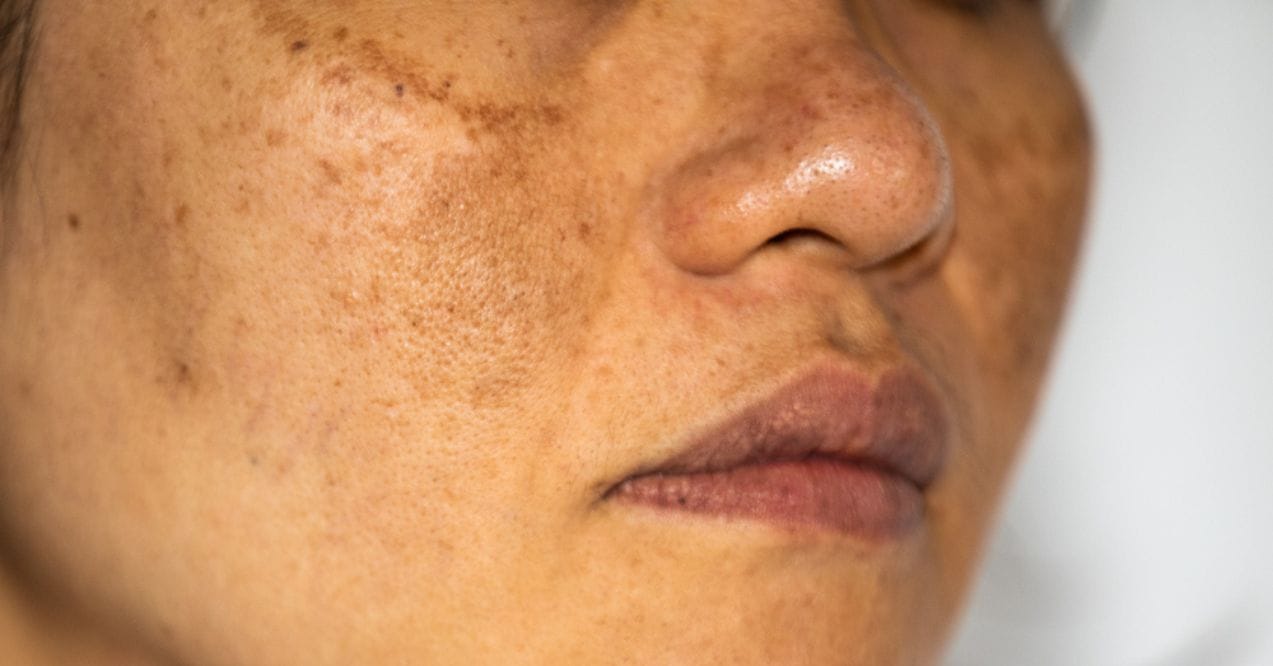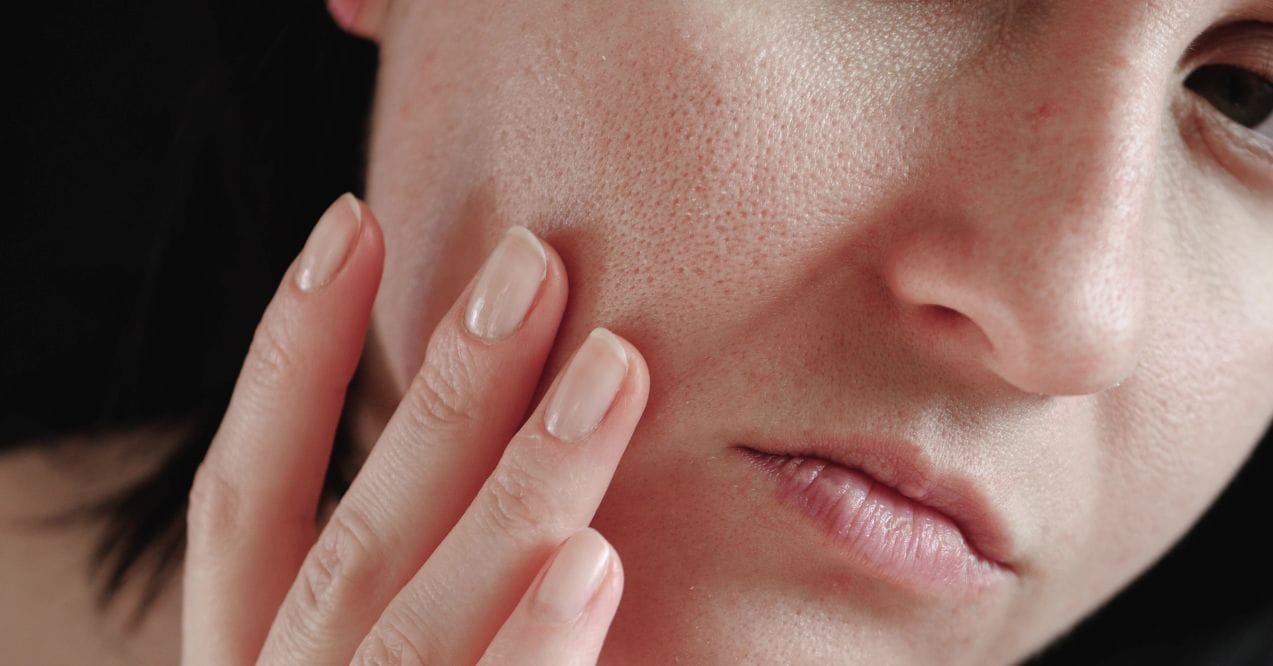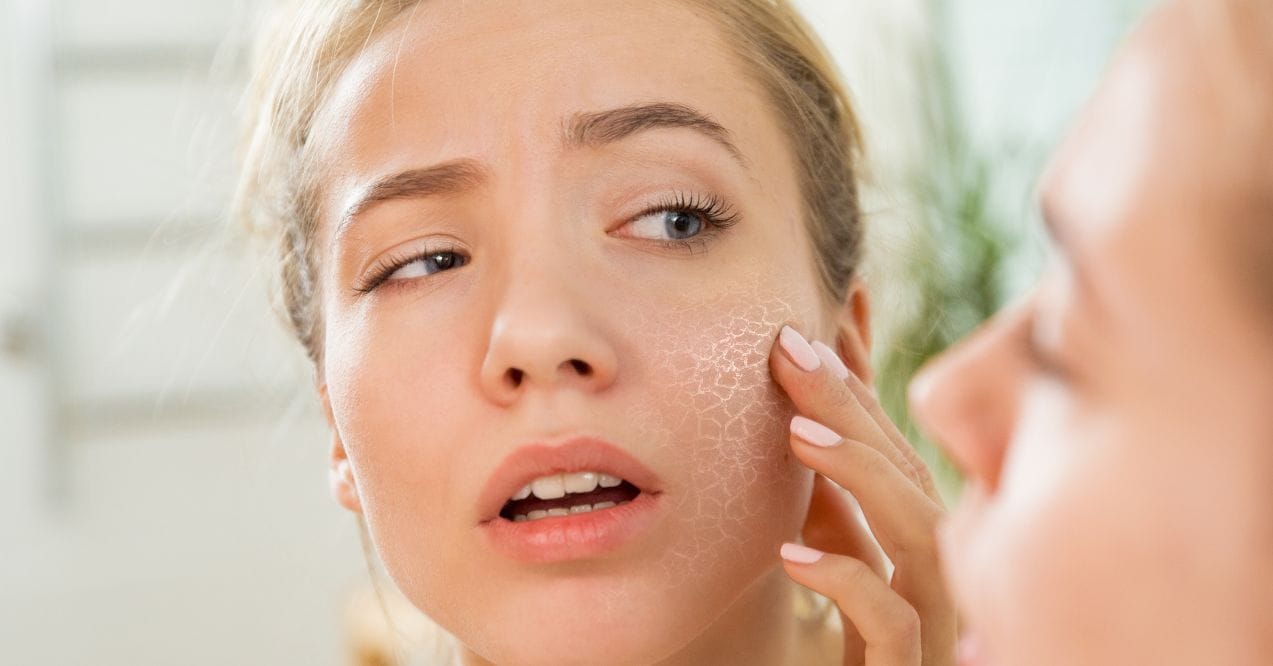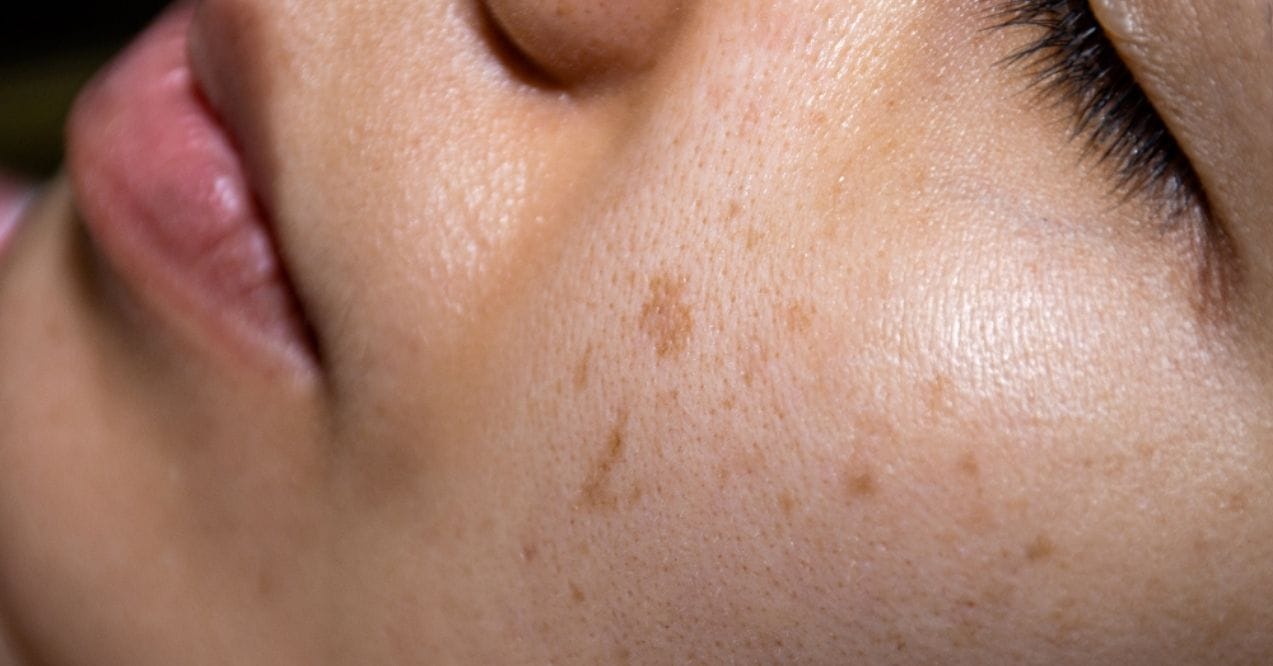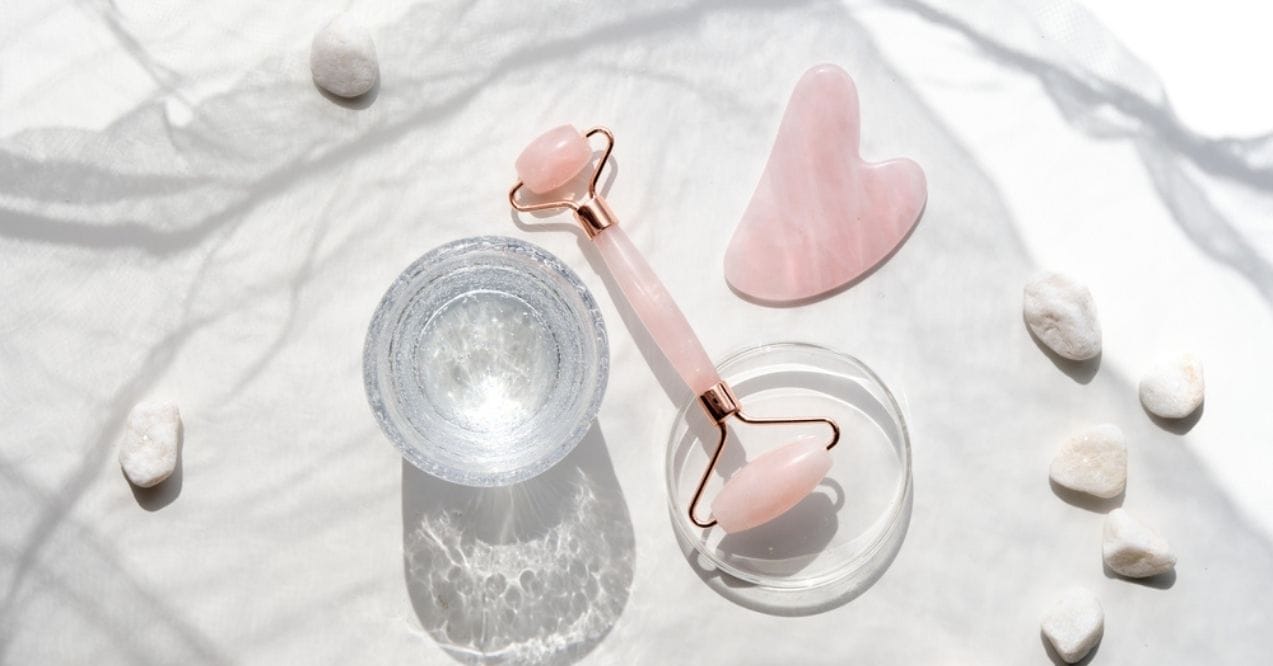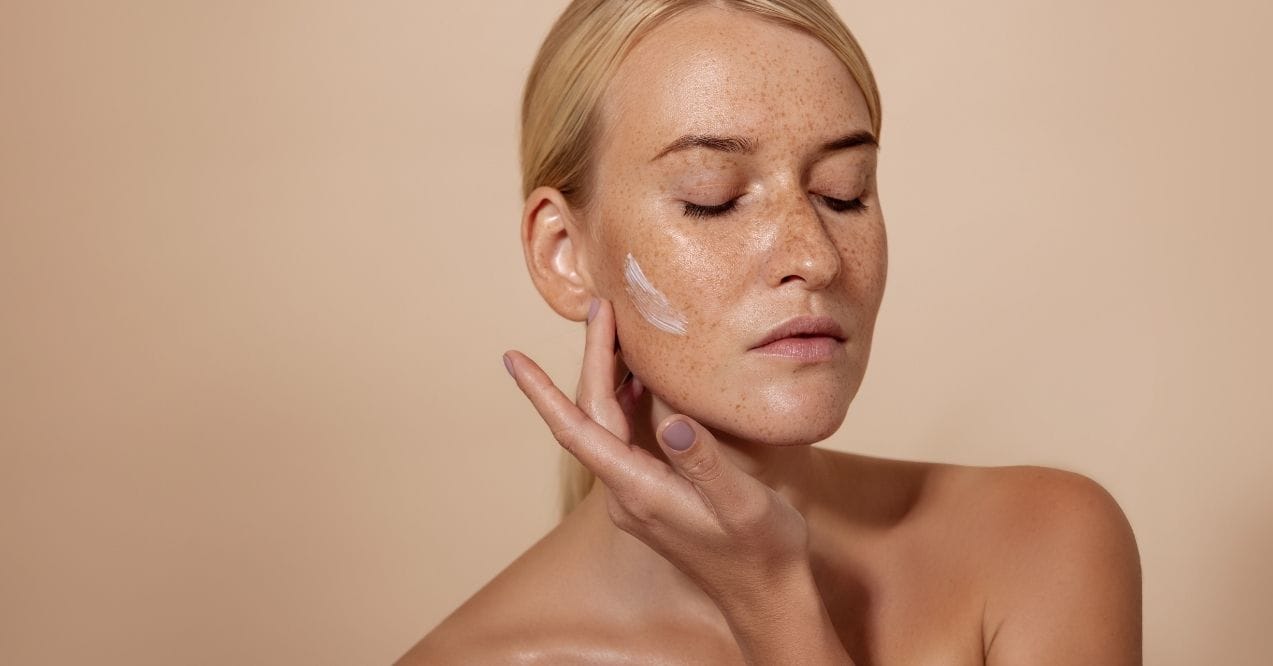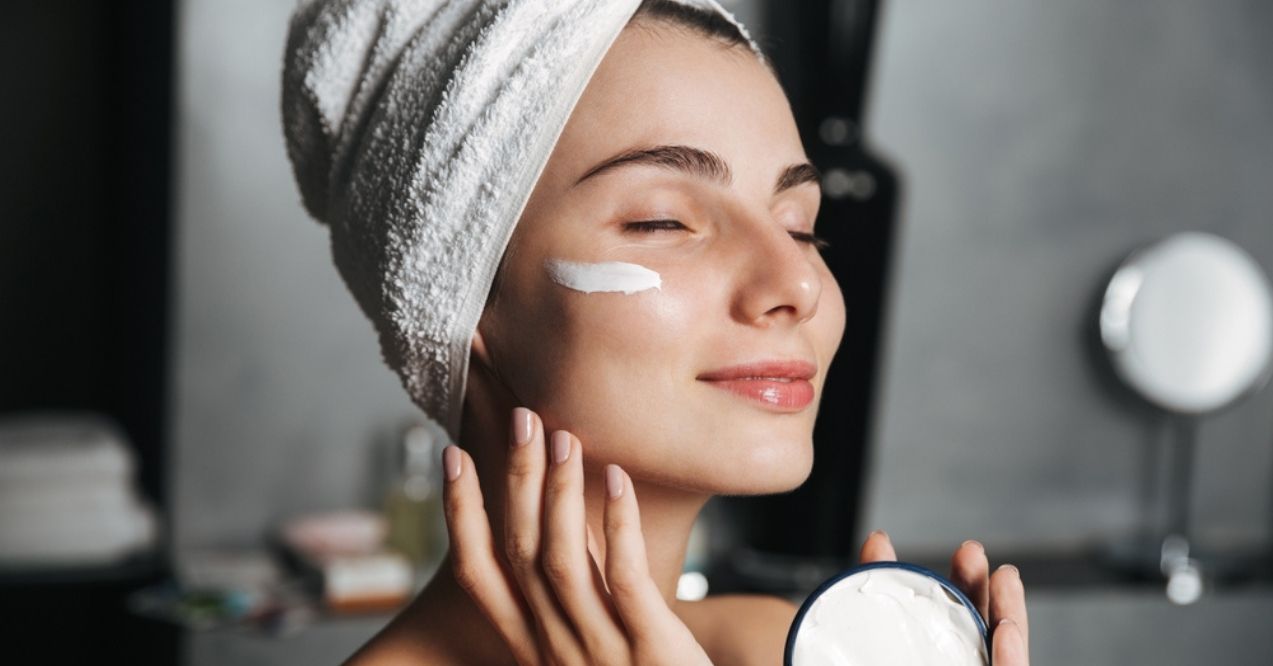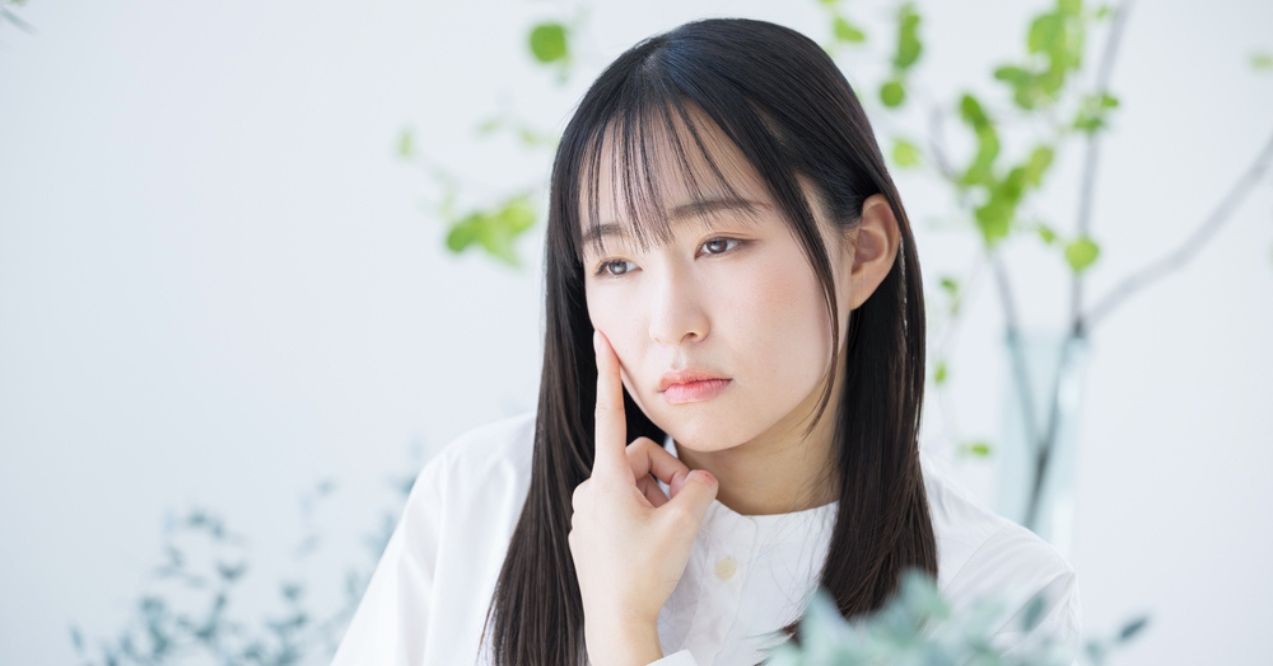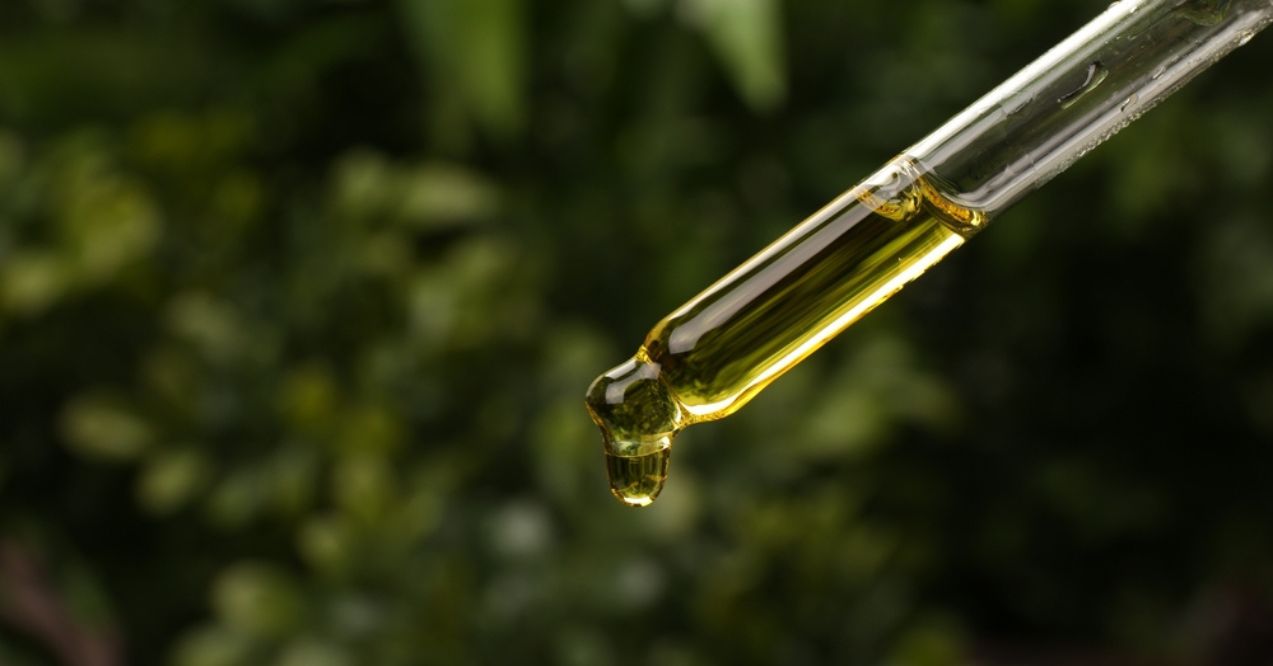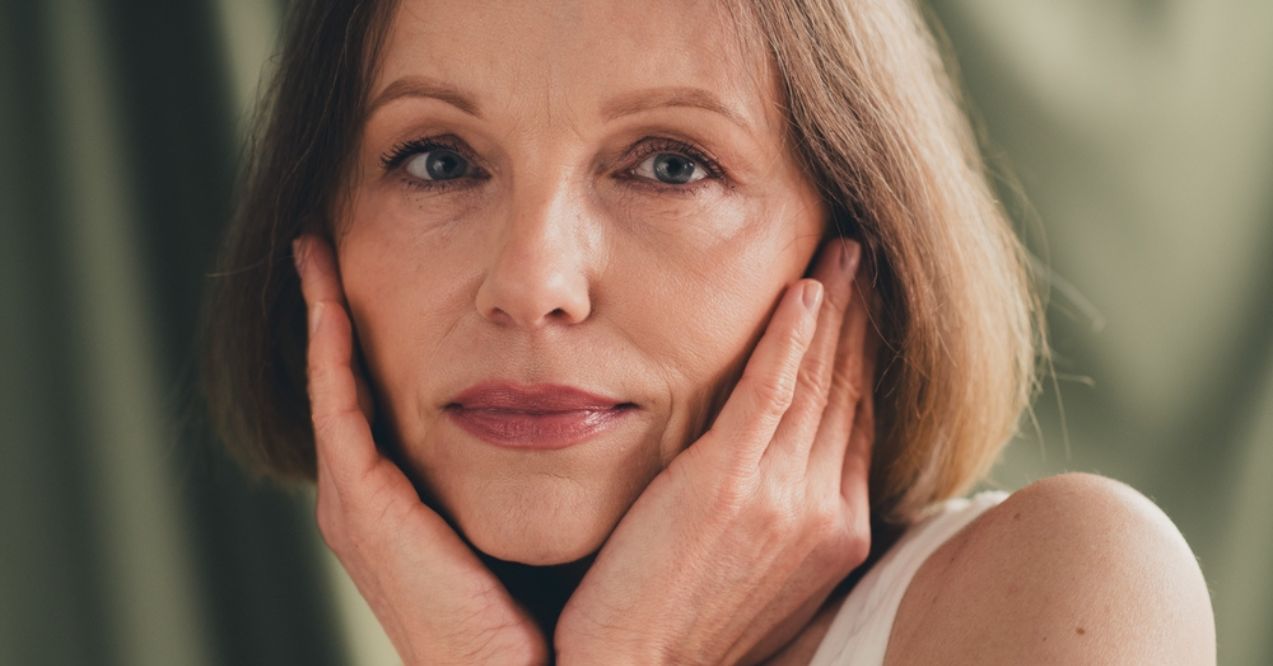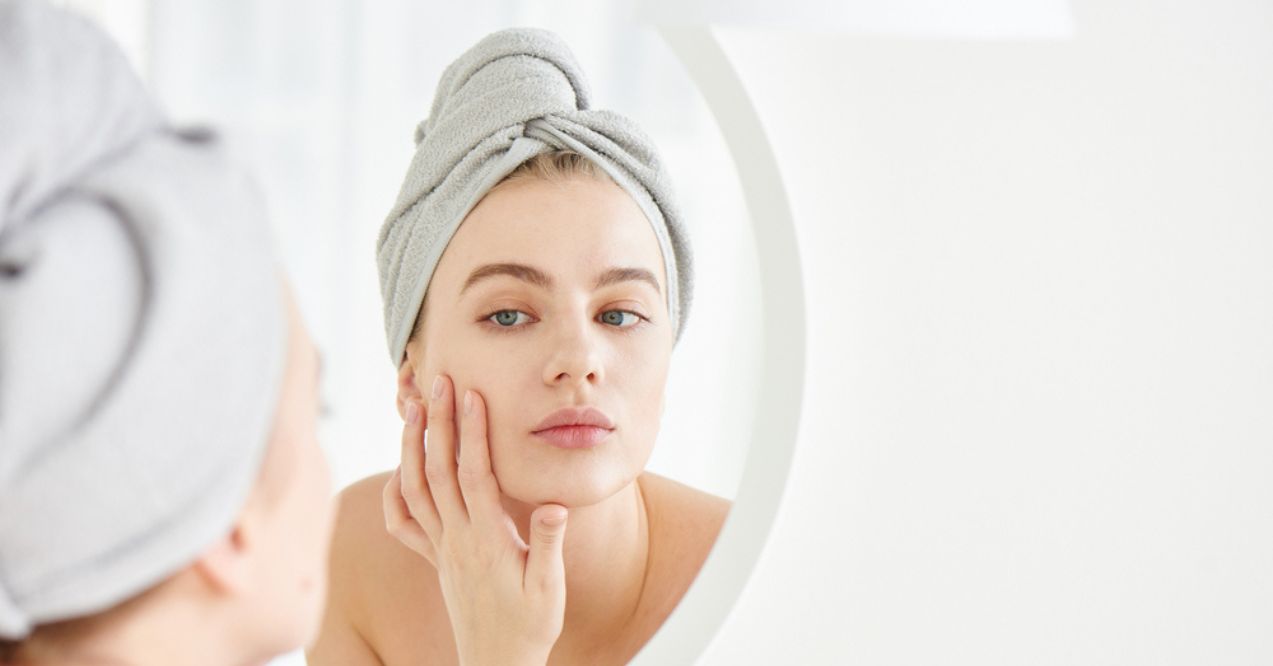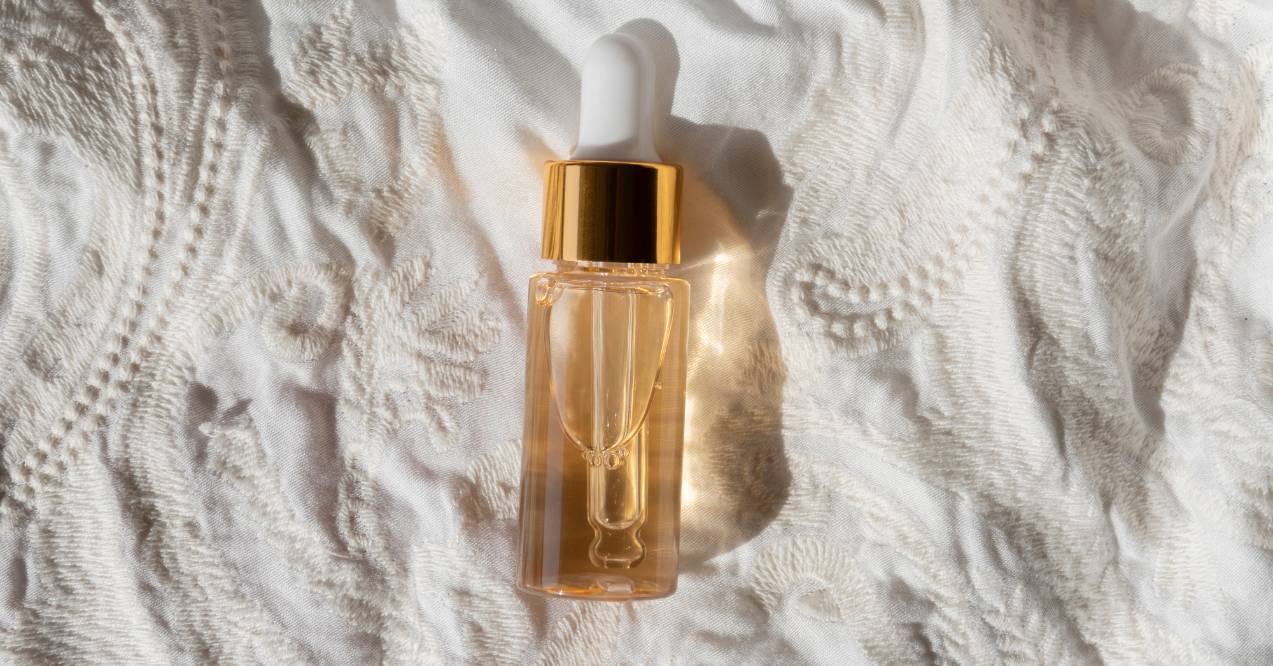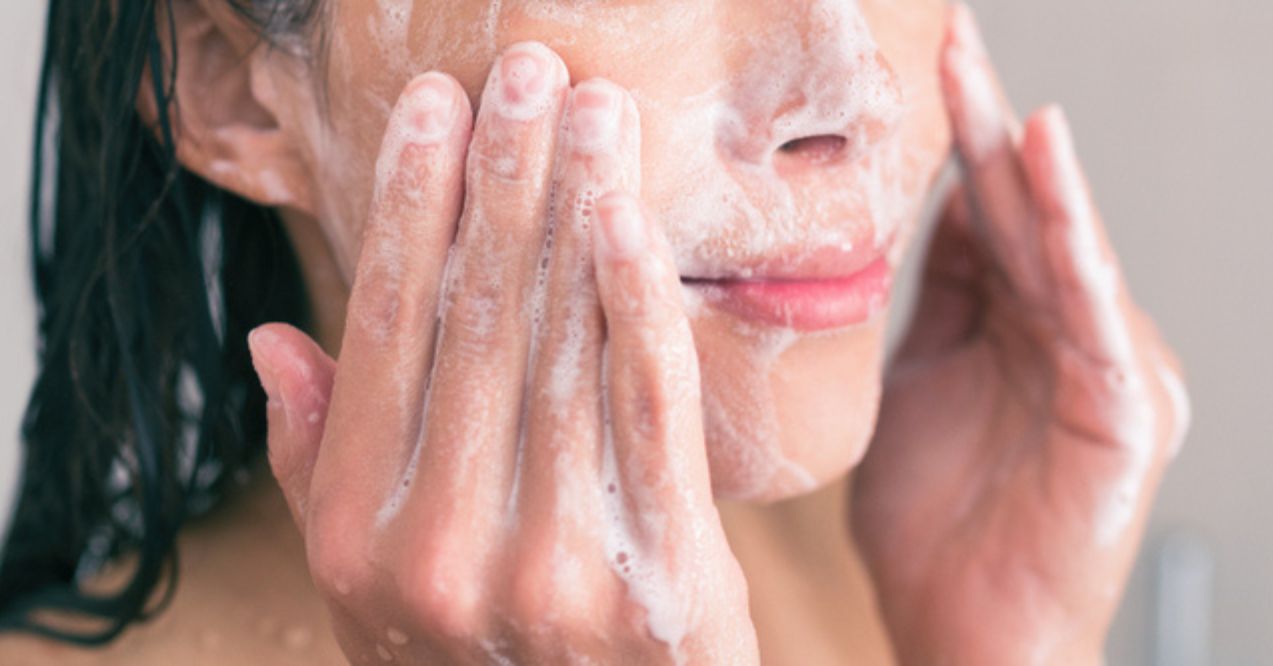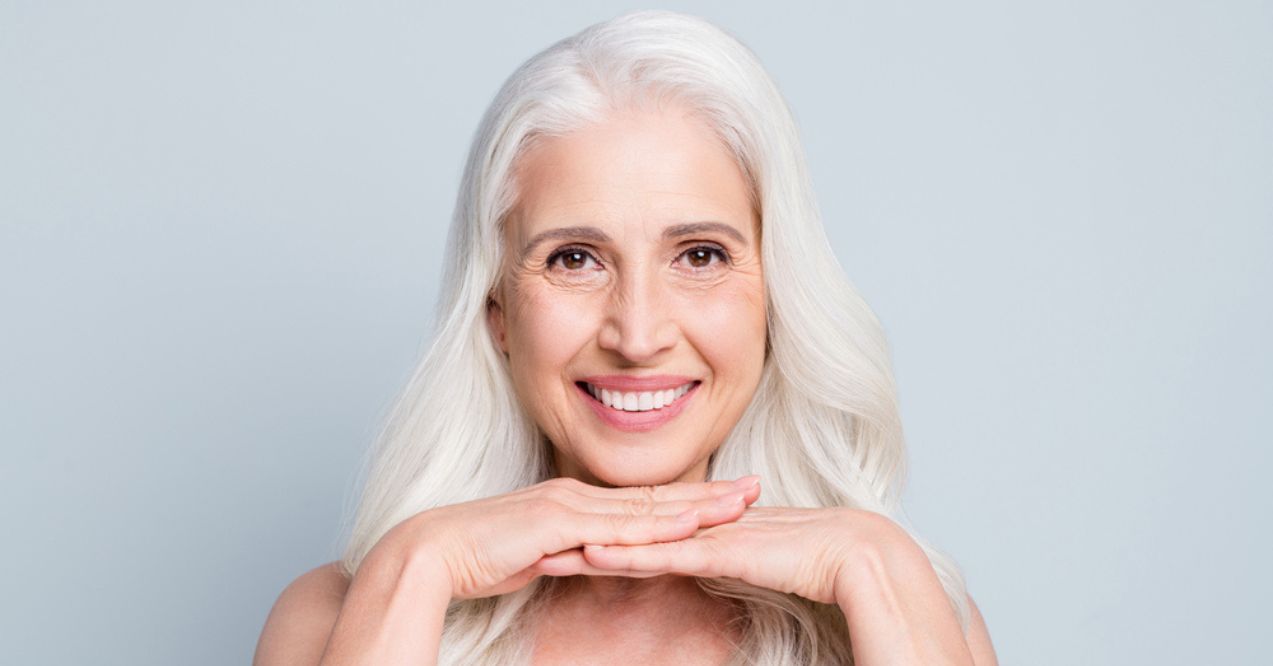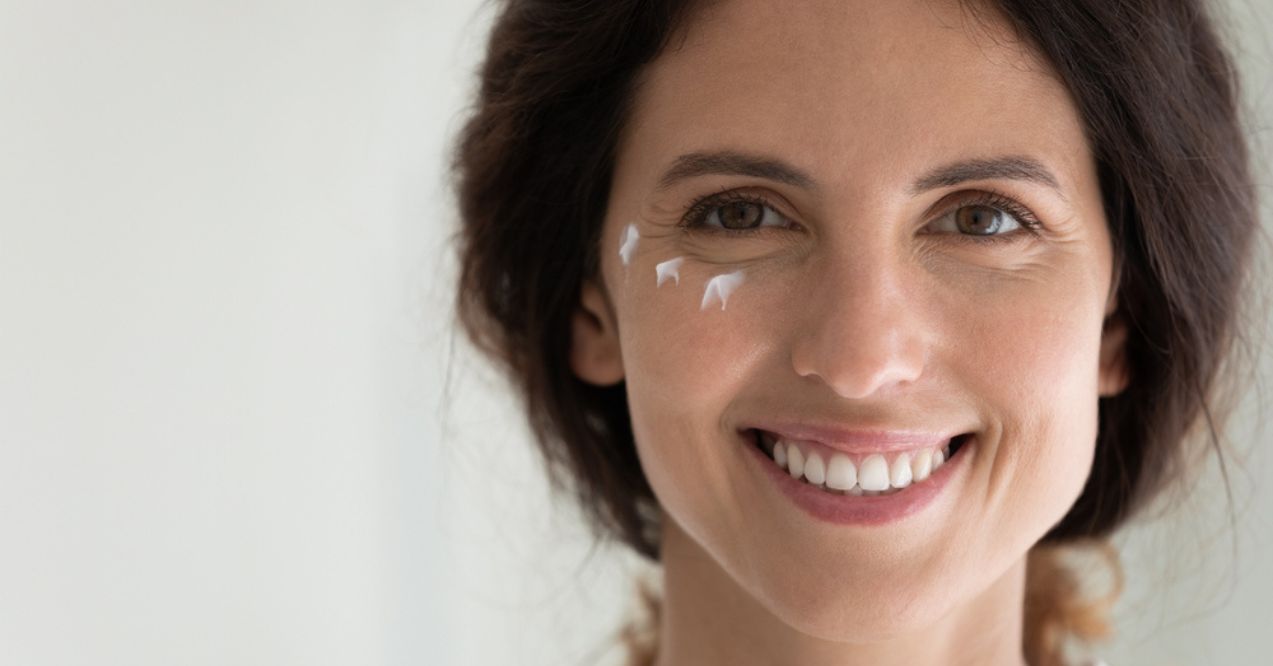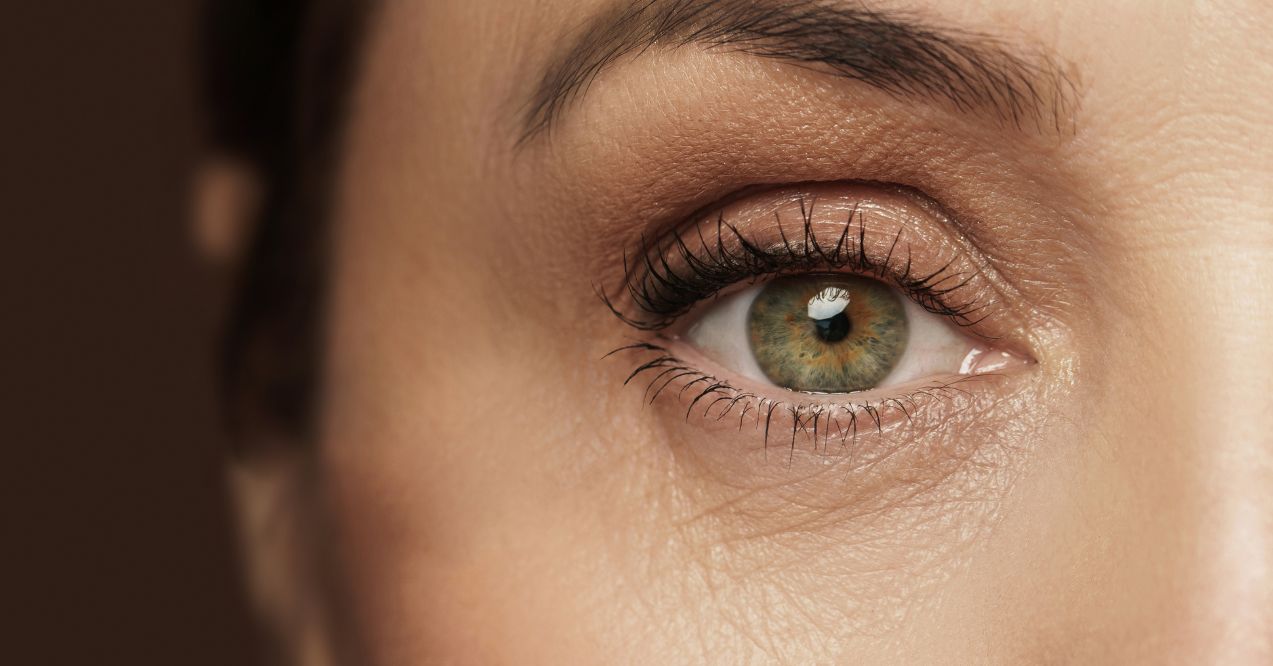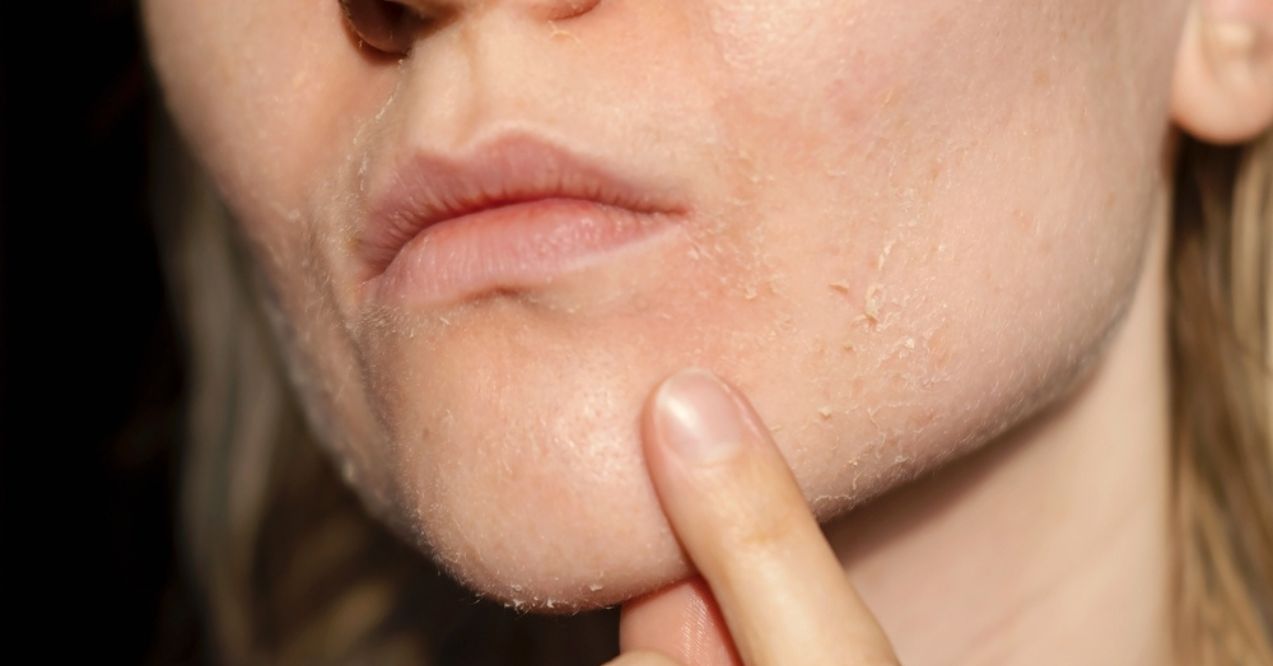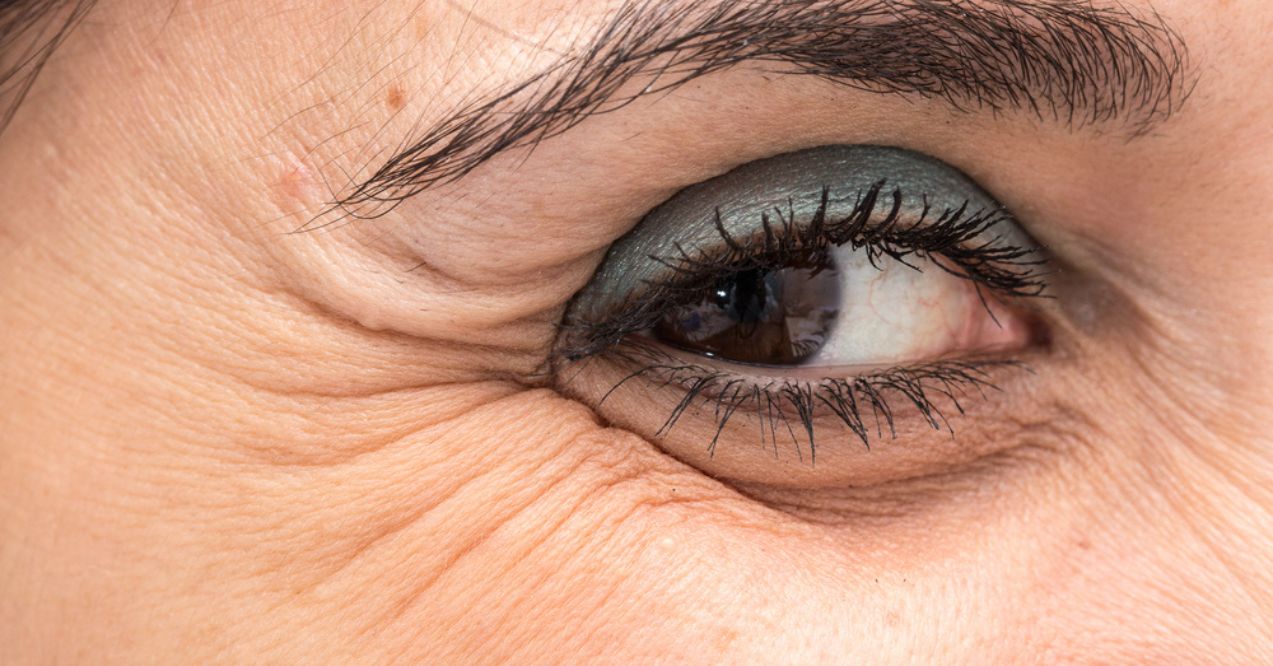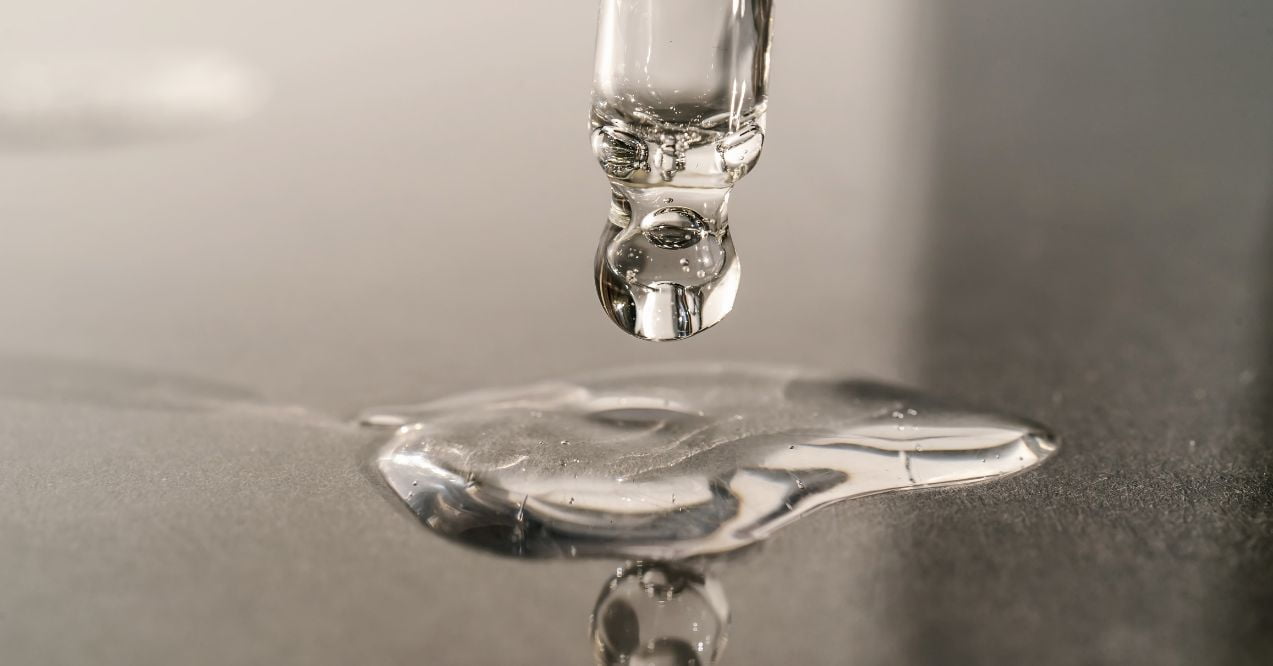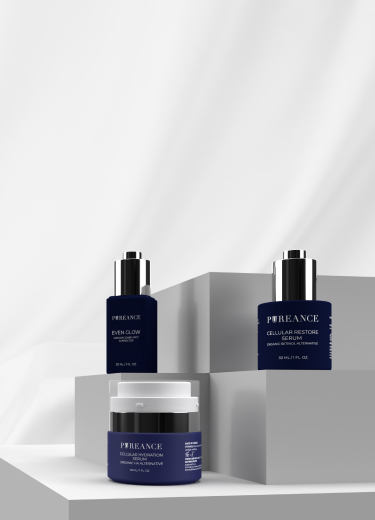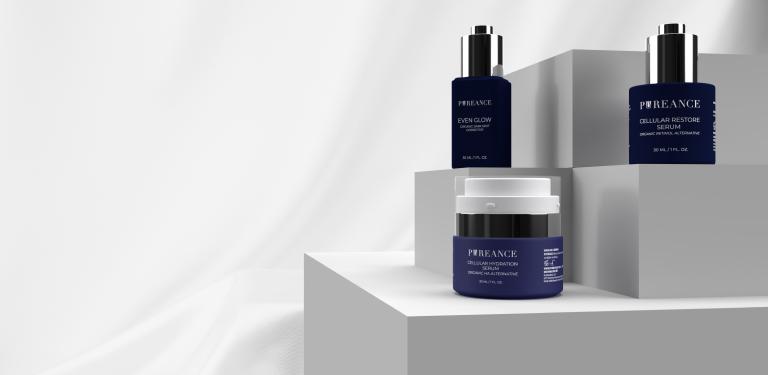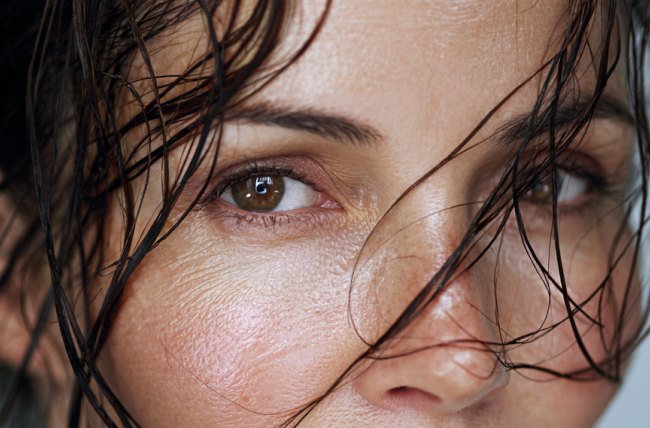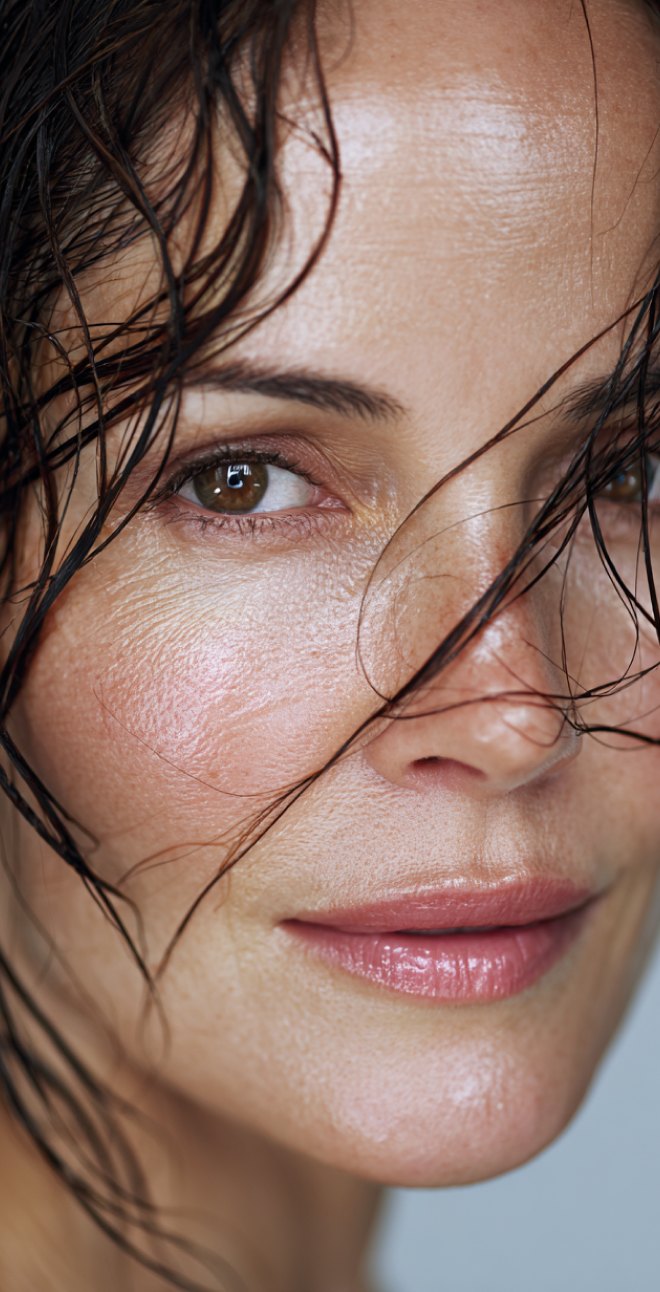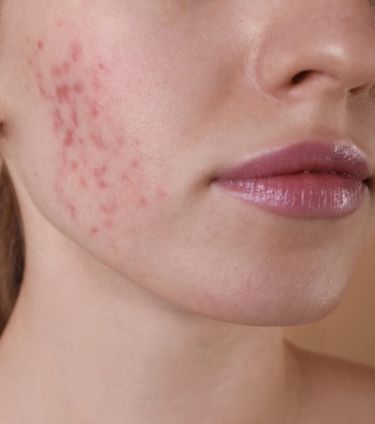
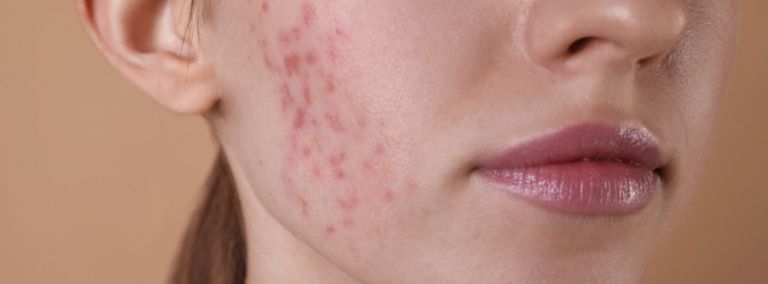

How Long Does Retinol Purge Last?
How long does retinol purge last? Retinol, a derivative of vitamin A, is a powerful skincare ingredient renowned for its ability to improve skin texture, reduce the appearance of fine lines and wrinkles, and promote a more even skin tone. However, when first introducing retinol into your skincare routine, you may experience a temporary side effect known as the “retinol purge”.
This phenomenon occurs as retinol stimulates skin surface renewal, leading to an accelerated turnover of skin cells. As a result, some individuals may notice an increase in breakouts and skin irritation during the initial weeks of using retinol-containing products.
Key Article Findings
- Retinol purging is a temporary process that occurs when first introducing retinol, leading to breakouts and irritation as skin cell turnover increases.
- The purging phase typically lasts between two to six weeks, depending on factors like skin type, retinol strength, and usage frequency.
- Gradually introducing retinol into your routine can minimize the severity of the purge.
- Supporting your skin with gentle cleansers, moisturizers, and sunscreen during the purge can help manage symptoms.
Purge or Breakouts?
Before answering the question how long does retinol purge last, it’s essential to distinguish between retinol purging and regular breakouts. Retinol purge occurs when you introduce retinol into your skincare routine, causing a temporary increase in skin cell turnover.
This process can bring pre-existing microcomedones (clogged pores) to the surface more quickly, resulting in what appears to be a sudden onset of breakouts. These purge-related breakouts typically appear in areas where you normally experience acne or congestion, and they may be accompanied by mild dryness, flaking, or redness.
On the other hand, regular breakouts are not necessarily tied to the introduction of a new product like retinol. They can be caused by various factors, such as hormonal changes, stress, diet, or other skincare products that may not be suitable for your skin type.
If you experience breakouts in areas where you don’t typically have acne, or if the breakouts persist long after the expected purging period, it’s more likely to be a case of regular breakouts rather than retinol purging.
How Long Does a Retinol Purge Last?
The duration of a retinol purge can vary from person to person, but understanding the general timeline and the factors that influence it can help you navigate this temporary phase more effectively.
Nevertheless, it’s crucial to remain patient and consistent with your retinol use during this period, as the purge is a sign that the product is working to improve your skin’s overall appearance.
General Timeline
How long does retinol purging last? While the experience may differ for each individual, the purging process typically lasts anywhere from two to six weeks. During this time, you may notice an increase in breakouts, flaking, and redness as your skin adjusts to the increased cell turnover stimulated by retinol.
It’s important to note that the purging process is temporary, and once your skin has adjusted to the retinol, you should begin to see improvements in skin texture, tone, and the appearance of fine lines and wrinkles.
Factors Influencing Duration
Since we know typically how long does a retinol purge last, here are the main factors that may impact the length:
- Skin type – Those with oily or acne-prone skin may experience a longer purging period compared to those with dry or normal skin.
- Retinol strength – Higher concentrations of retinol may lead to a more intense and longer-lasting purge, as they trigger a more dramatic increase in cell turnover.
- Frequency of use – Using retinol more frequently may cause a more noticeable and longer purge, as your skin is being exposed to the active ingredient more often.
- Individual skin response – Everyone’s skin reacts differently to retinol, so the length of the purge can vary from person to person, even when using the same product.
Understanding these factors can help you set realistic expectations for your retinol journey and make informed decisions about the products you choose to incorporate into your skincare routine.
How to Manage Retinol Purge
While experiencing a retinol purge can be frustrating, there are several strategies you can employ to manage the symptoms and support your skin during this time. By starting slowly, adjusting your skincare routine, and knowing when to seek professional advice, you can navigate the purging process more comfortably and ultimately achieve the best results from your retinol treatment.
Starting Slowly
One of the most effective ways to minimize the severity of a retinol purge is to introduce the product gradually into your skincare routine. Begin by using a low concentration of retinol, such as 0.01% or 0.025%, and apply it just once or twice a week.
As your skin becomes accustomed to the ingredient, you can slowly increase the frequency and strength of the retinol. This gradual approach allows your skin to adapt more gently, potentially reducing the intensity and duration of the purge.
Skincare During Purge
During a retinol purge, it’s crucial to support your skin with a gentle and nourishing skincare routine. Use a mild, non-foaming cleanser to avoid further irritation, and follow up with a lightweight, non-comedogenic moisturizer to keep your skin hydrated.
Avoid introducing new skincare products during this time, as they may exacerbate the purging process. Additionally, be sure to use a broad-spectrum sunscreen daily, as retinol can increase your skin’s sensitivity to UV rays.
When to Consult a Dermatologist
If you find that your retinol purge is lasting longer than expected or causing significant discomfort, it may be time to consult a dermatologist.
How long does the retinol purge last? While the purge typically resolves within two to six weeks, if you experience persistent or severe breakouts, excessive dryness, or intense redness and irritation beyond this timeframe, professional advice can help you determine the best course of action.
A dermatologist can assess your skin’s response to retinol and provide personalized recommendations to help you achieve the best possible results while minimizing any adverse effects.
Tips for Easing the Purge Symptoms
To ease the symptoms of a retinol purge, it’s essential to focus on hydration and sun protection. Opt for oil-free, non-comedogenic moisturizers that can help counterbalance the drying effects of retinol without clogging pores. These lightweight formulas will provide necessary hydration to combat flakiness and irritation.
Additionally, using a broad-spectrum sunscreen with at least SPF 30 is crucial during a retinol purge. Retinol can increase your skin’s sensitivity to UV rays, making it more susceptible to sun damage. By diligently applying sunscreen every day, you can protect your skin from further irritation and potential long-term damage.
Conclusion
Understanding how long retinol purge lasts is crucial for navigating this temporary phase in your skincare journey. Typically lasting between two to six weeks, the purge signals that retinol is working to improve skin texture and tone by increasing cell turnover. Gradually introducing retinol and supporting your skin with gentle, hydrating products can help ease the process. If symptoms persist beyond six weeks, consulting a dermatologist may be necessary.
While retinol purging is a common side effect, it is not inevitable for everyone. Some individuals may experience minimal or no purging, depending on factors such as skin type, product formulation, and individual skin response to retinol.
Purging typically looks like an increase in breakouts, particularly in areas where you normally experience acne or congestion. These breakouts may be accompanied by mild redness, flaking, or dryness as your skin adjusts to the increased cell turnover caused by retinol.
Yes, after the initial purging phase, your skin should start to look better. Retinol helps to improve skin texture, even out skin tone, and reduce the appearance of fine lines and wrinkles, leading to a clearer, smoother, and more radiant complexion.
This site offers health, wellness, fitness and nutritional information and is designed for educational purposes only. You should not rely on this information as a substitute for, nor does it replace, professional medical advice, diagnosis, or treatment. If you have any concerns or questions about your health, you should always consult with a physician or other health-care professional. Do not disregard, avoid or delay obtaining medical or health related advice from your health-care professional because of something you may have read on this site. The use of any information provided on this site is solely at your own risk.
Nothing stated or posted on this site or available through any services are intended to be, and must not be taken to be, the practice of medical or counseling care. For purposes of this agreement, the practice of medicine and counseling includes, without limitation, psychiatry, psychology, psychotherapy, or providing health care treatment, instructions, diagnosis, prognosis or advice.
